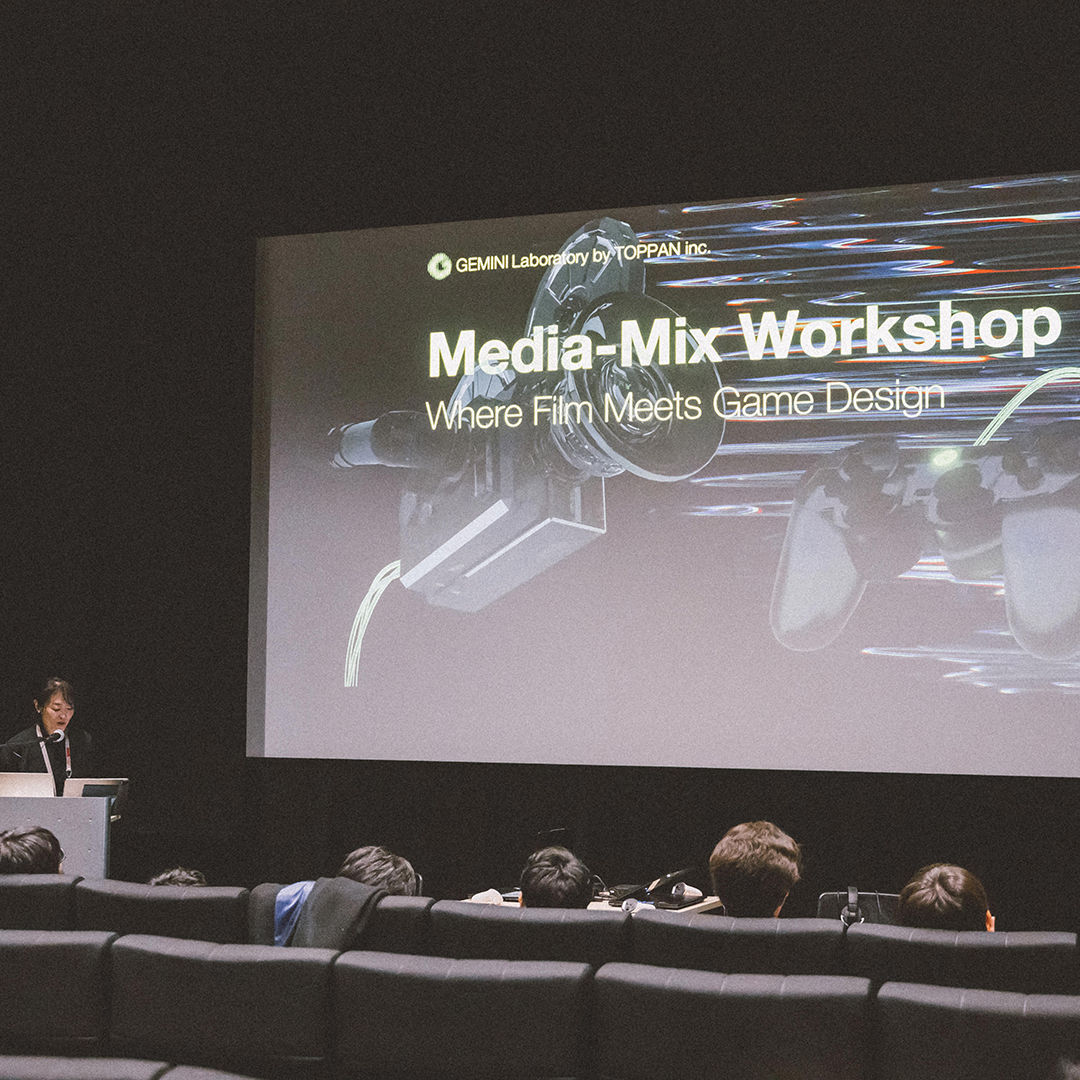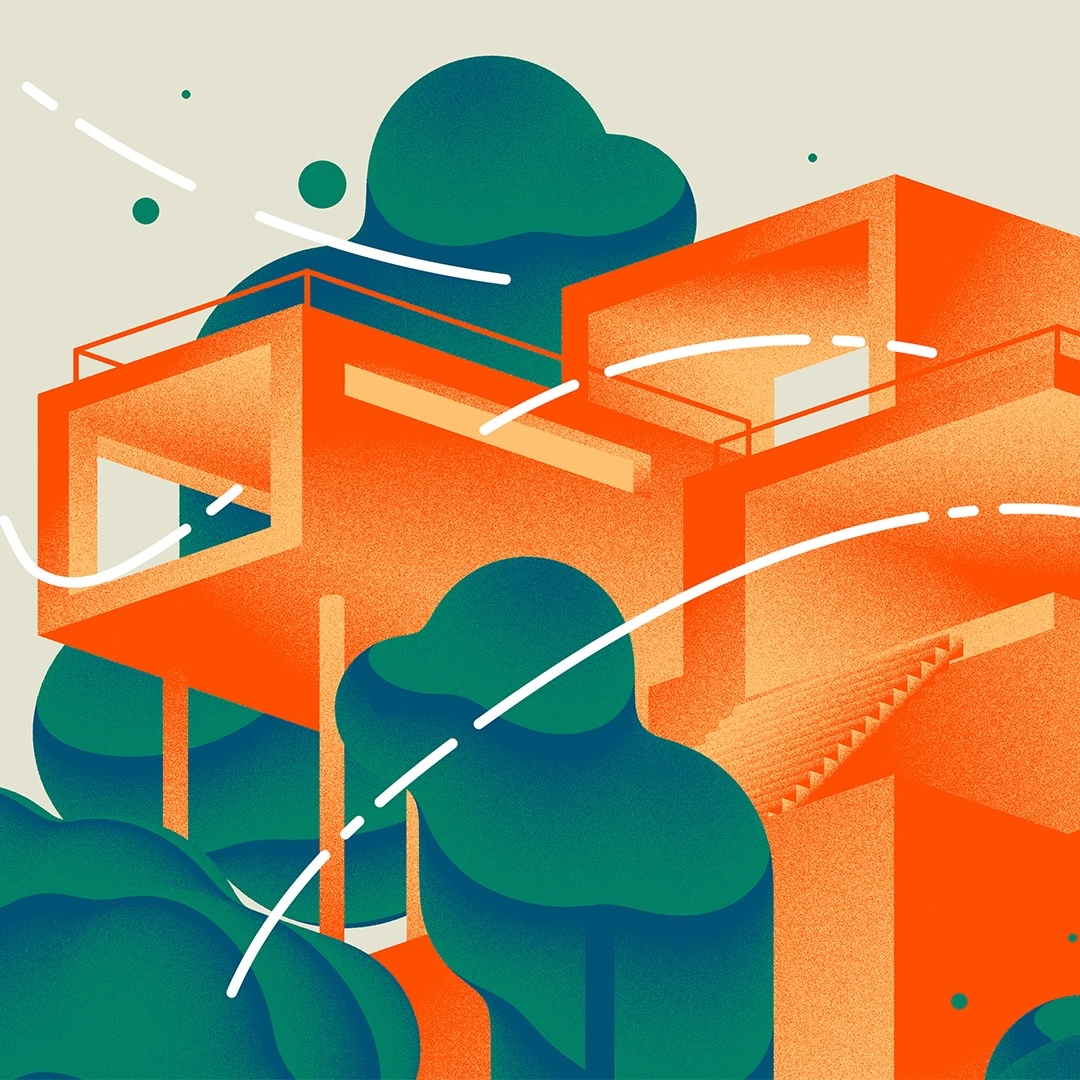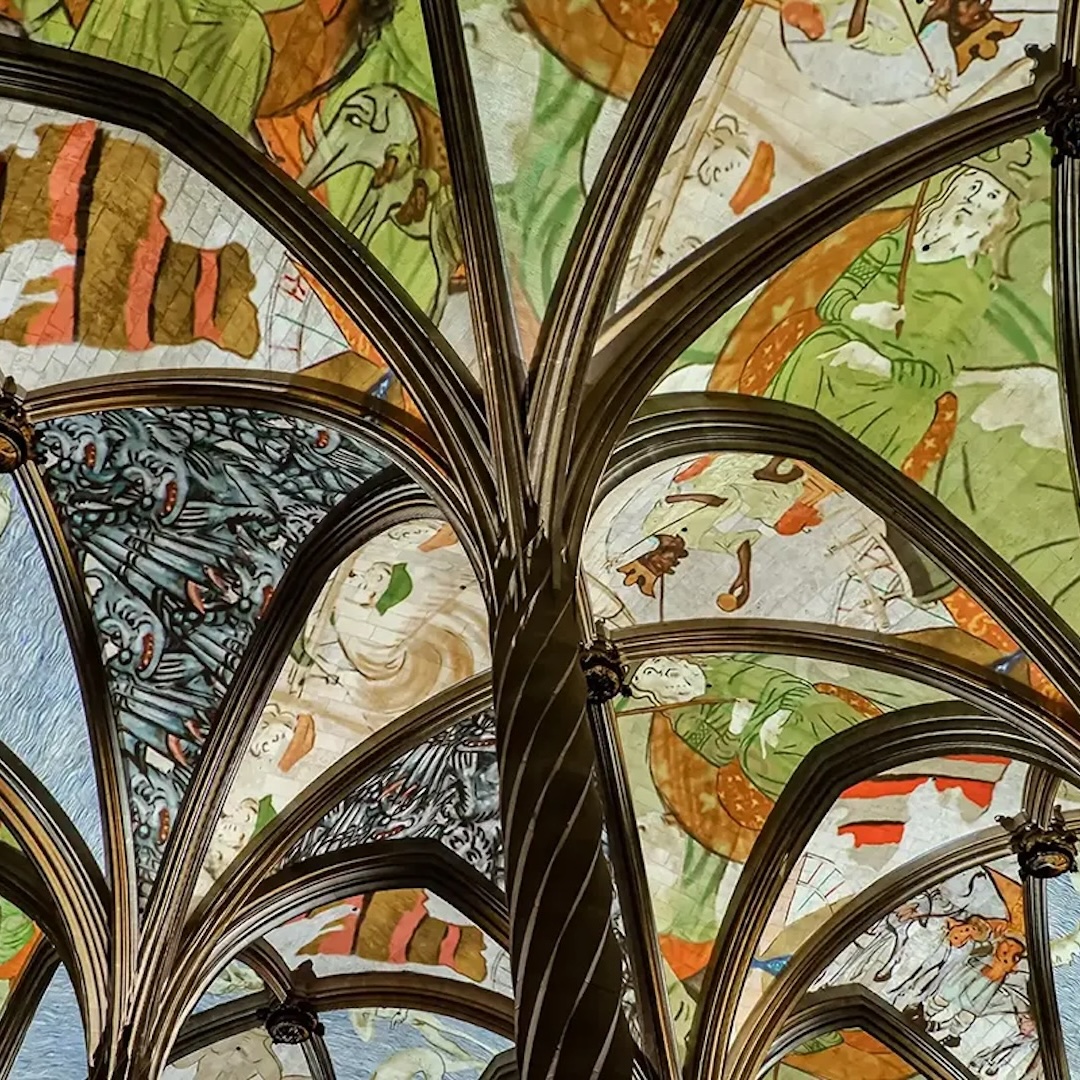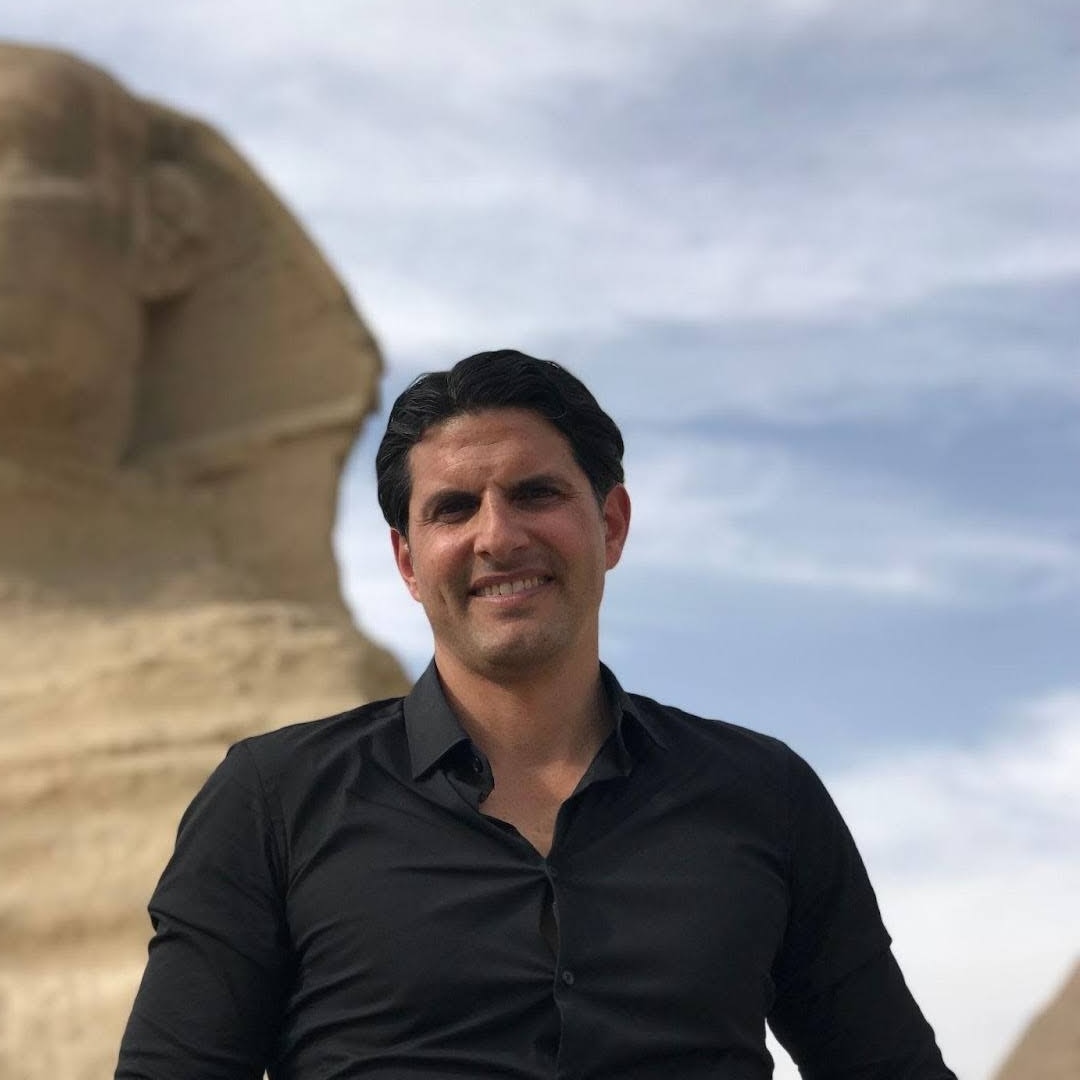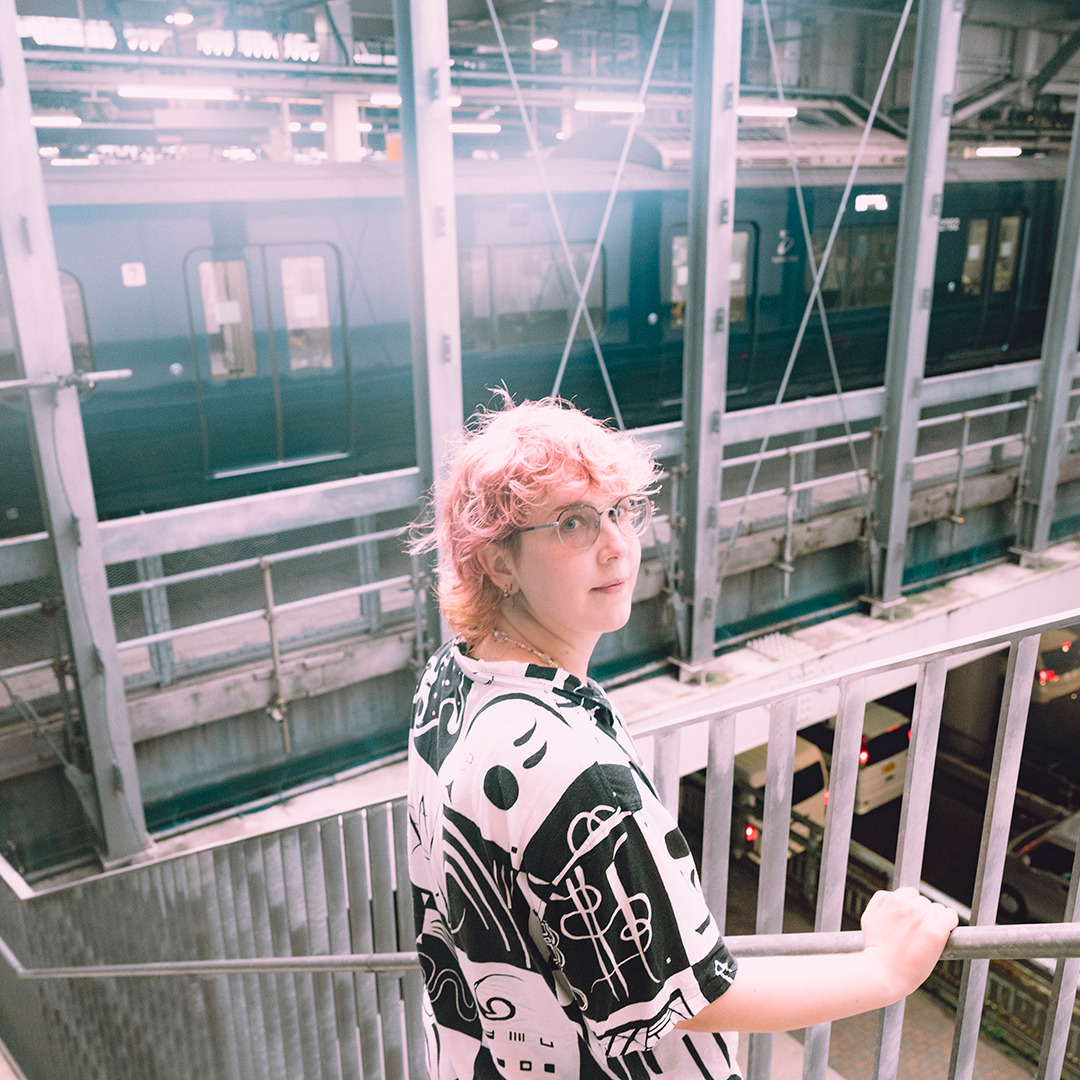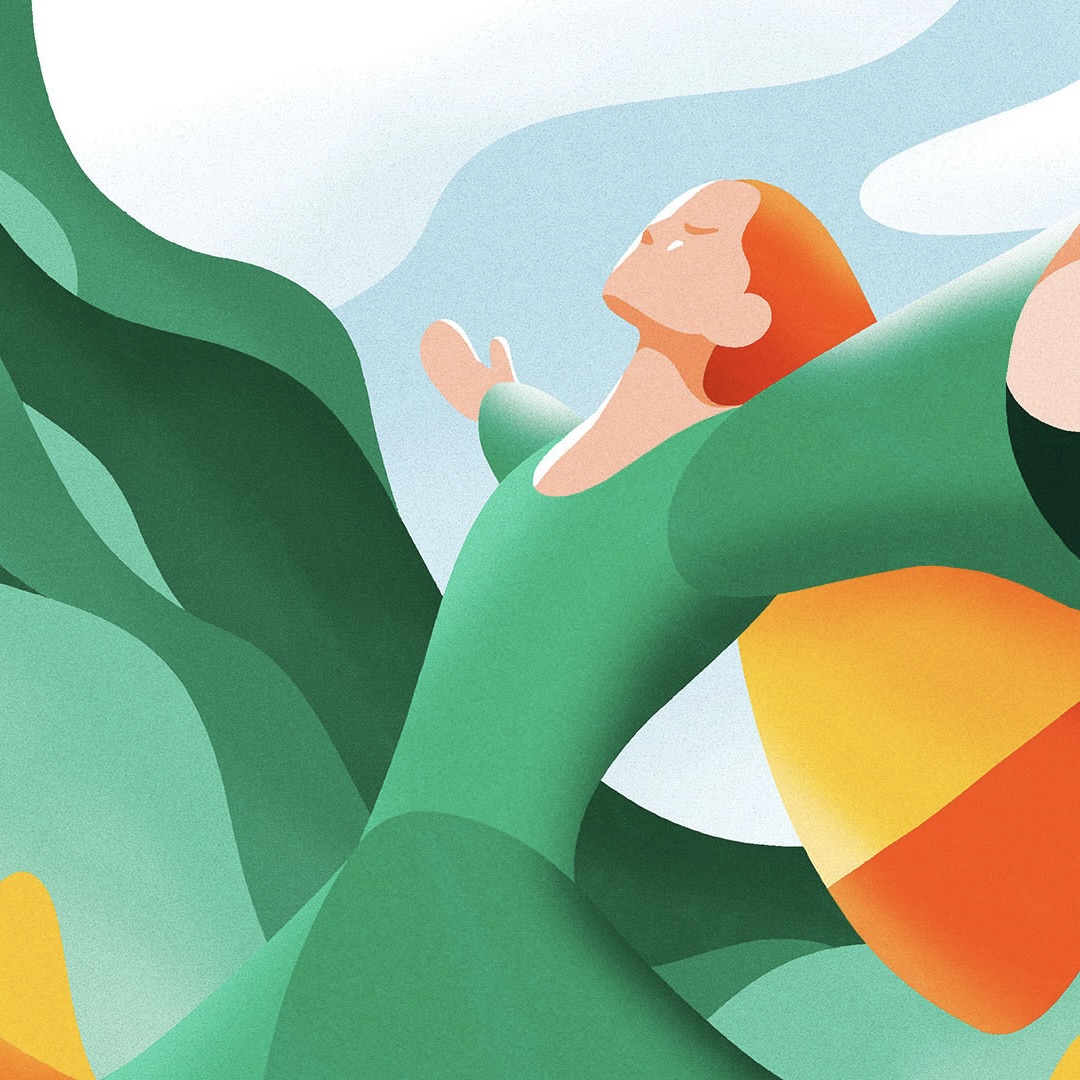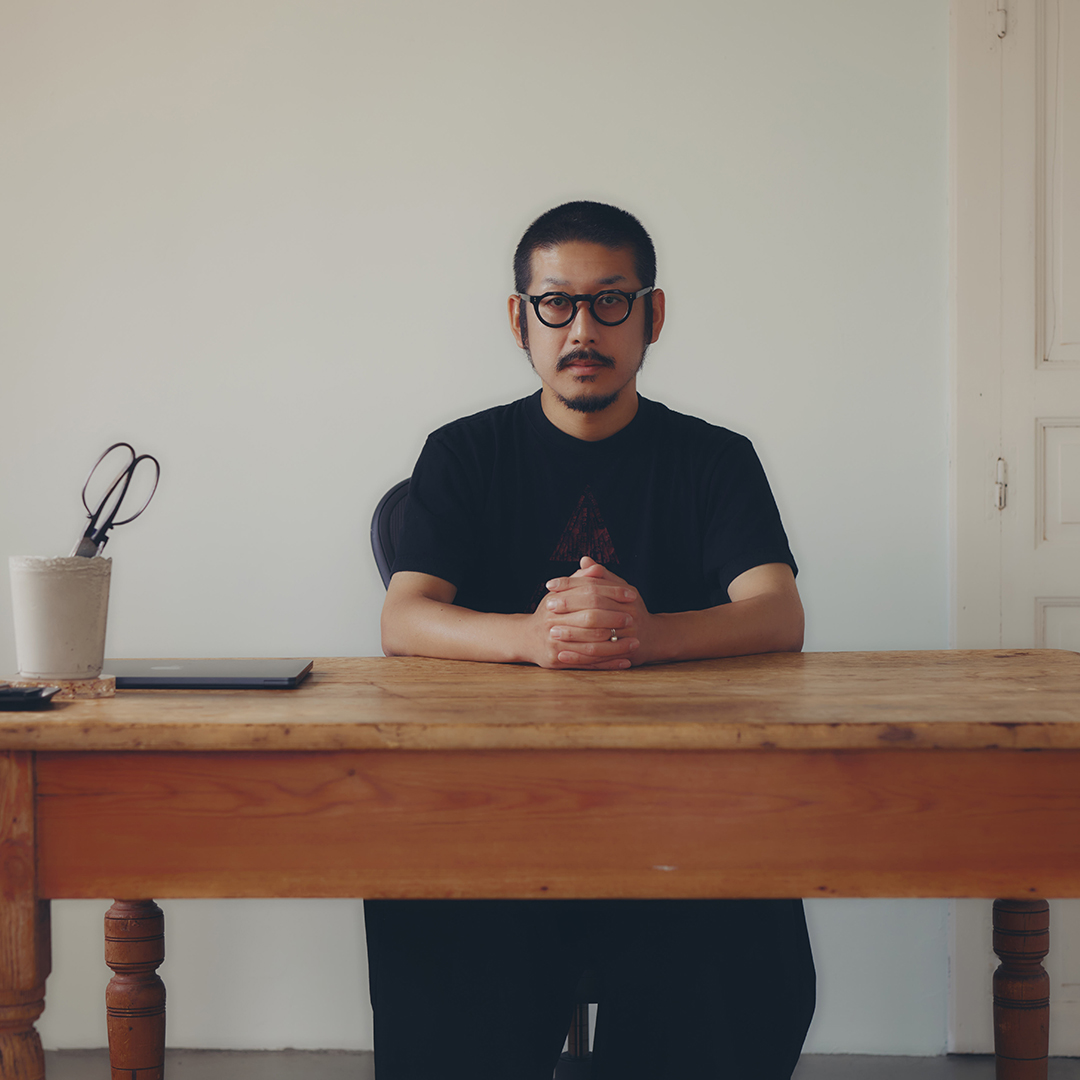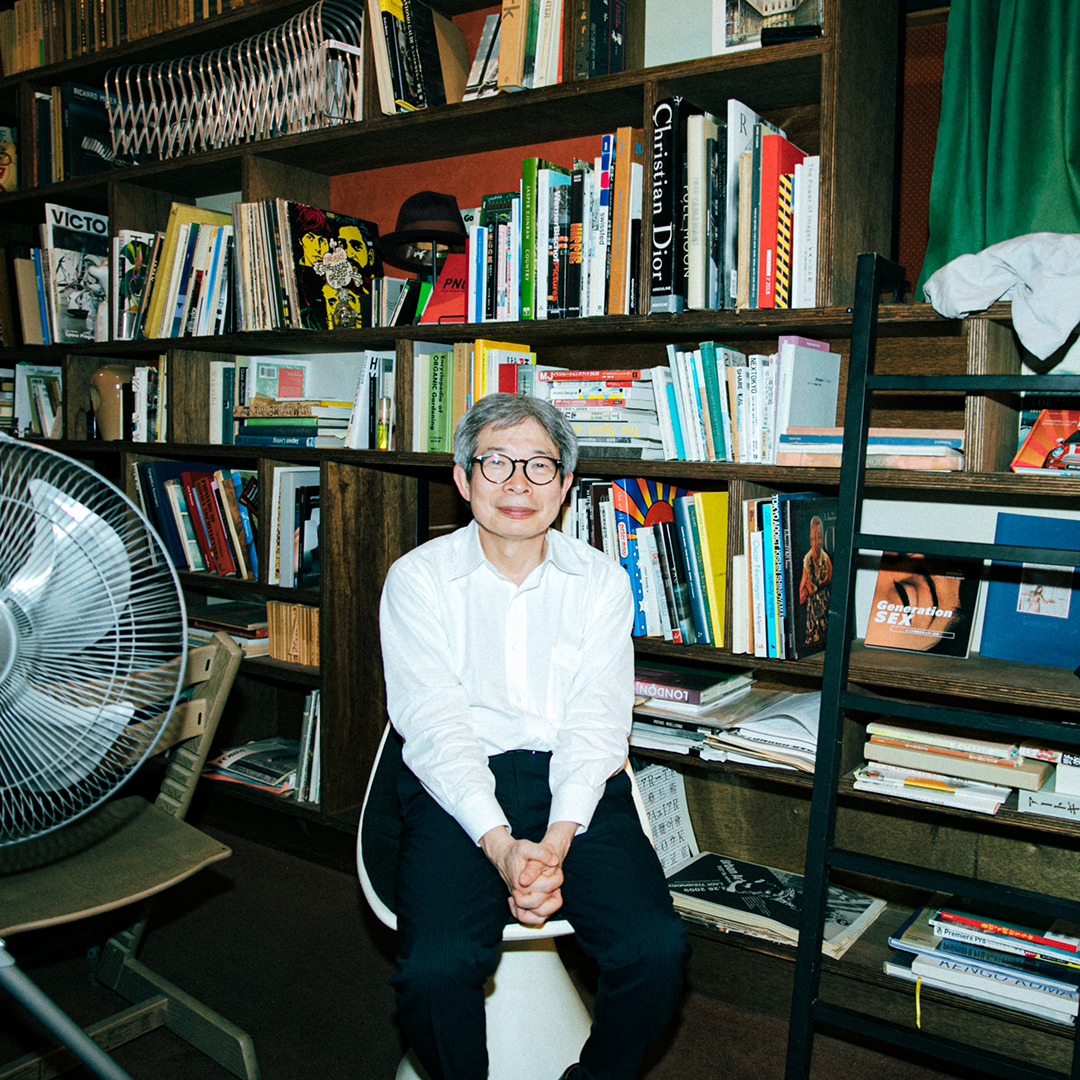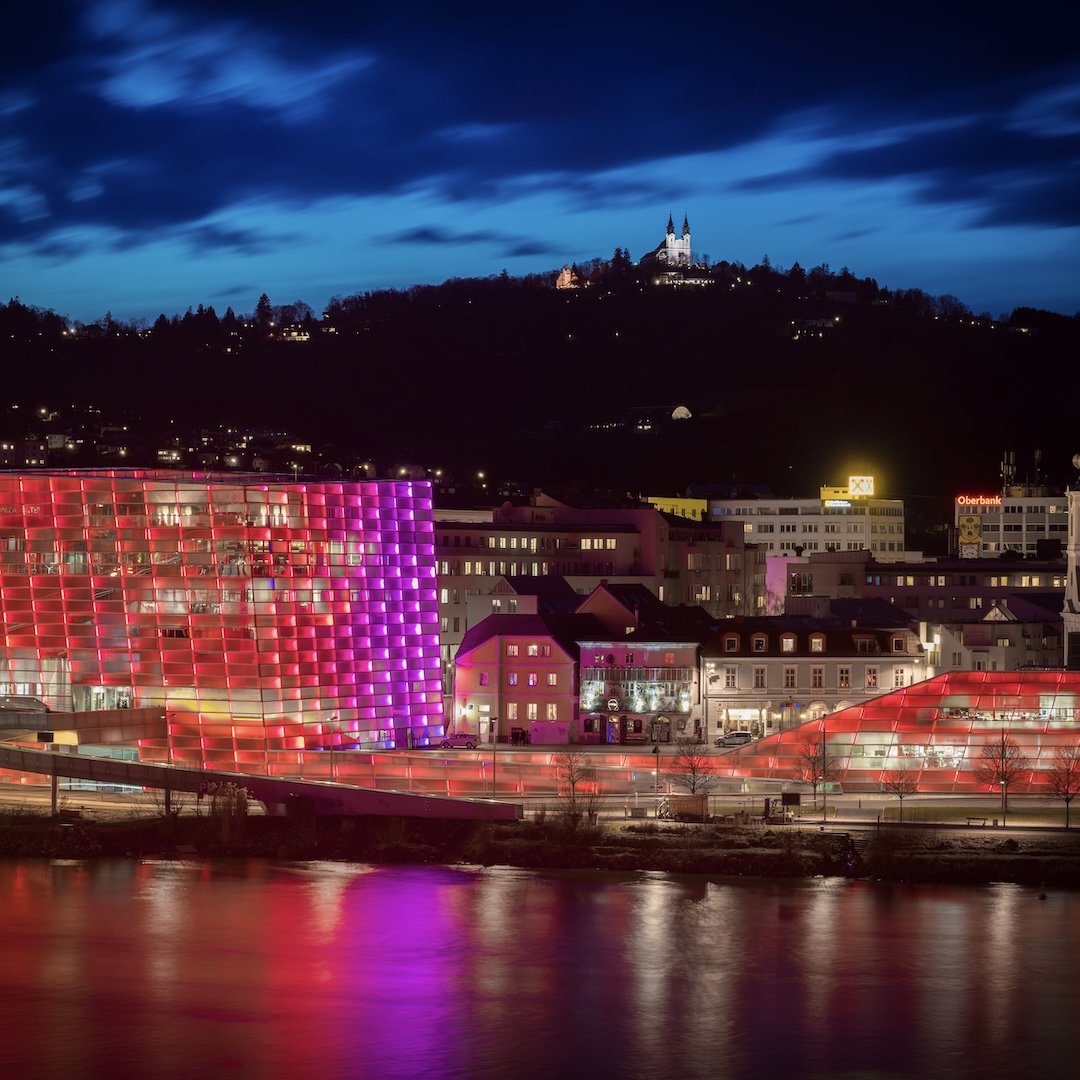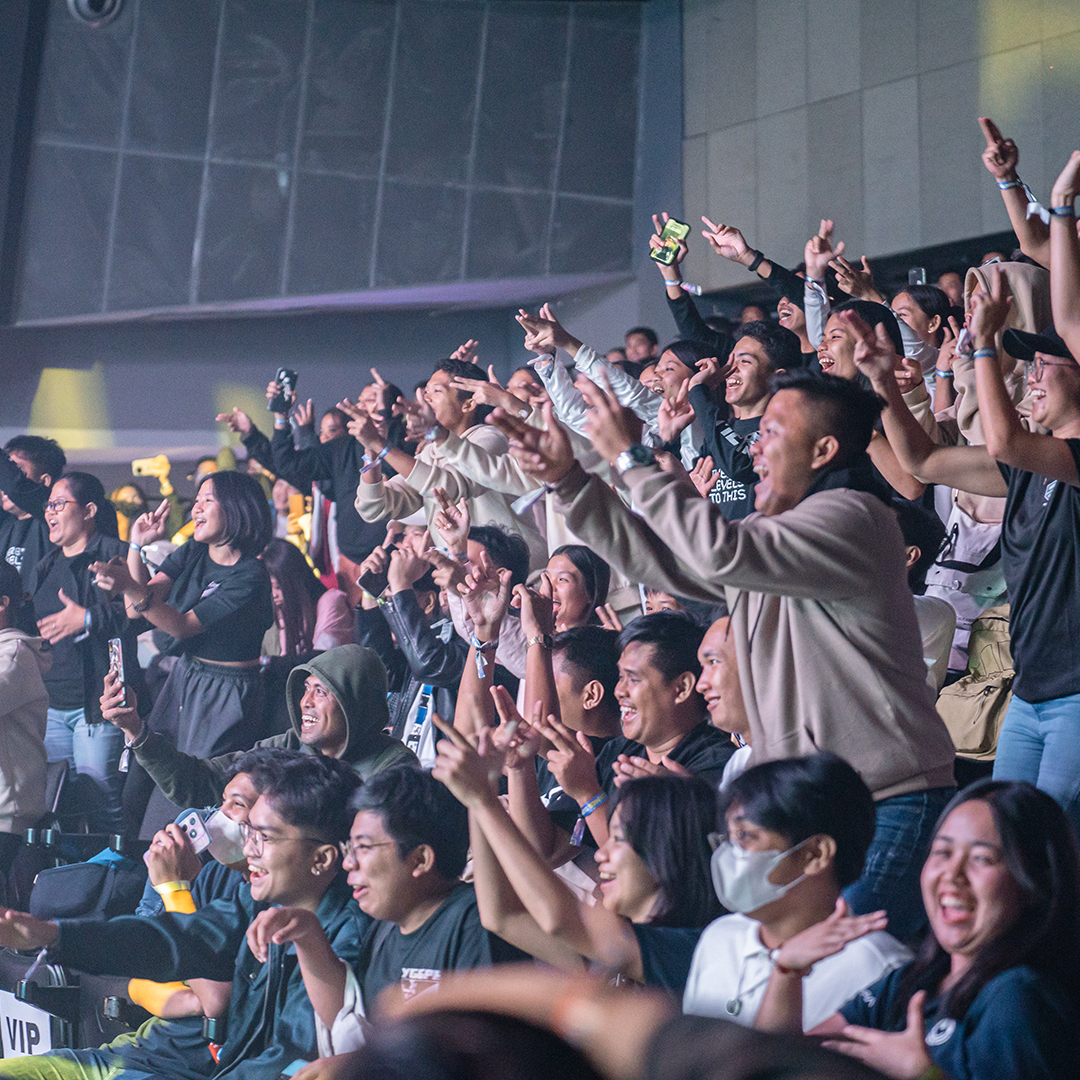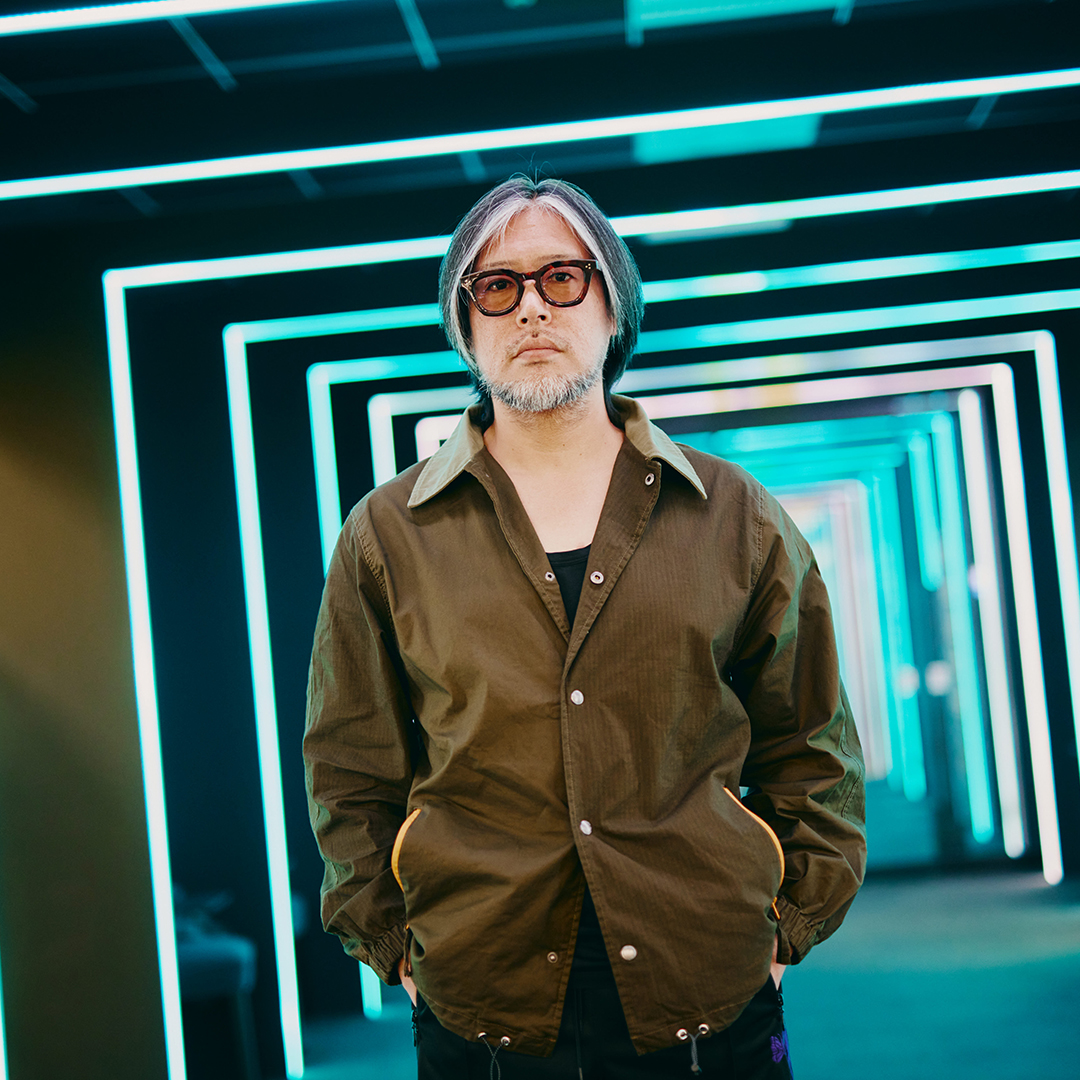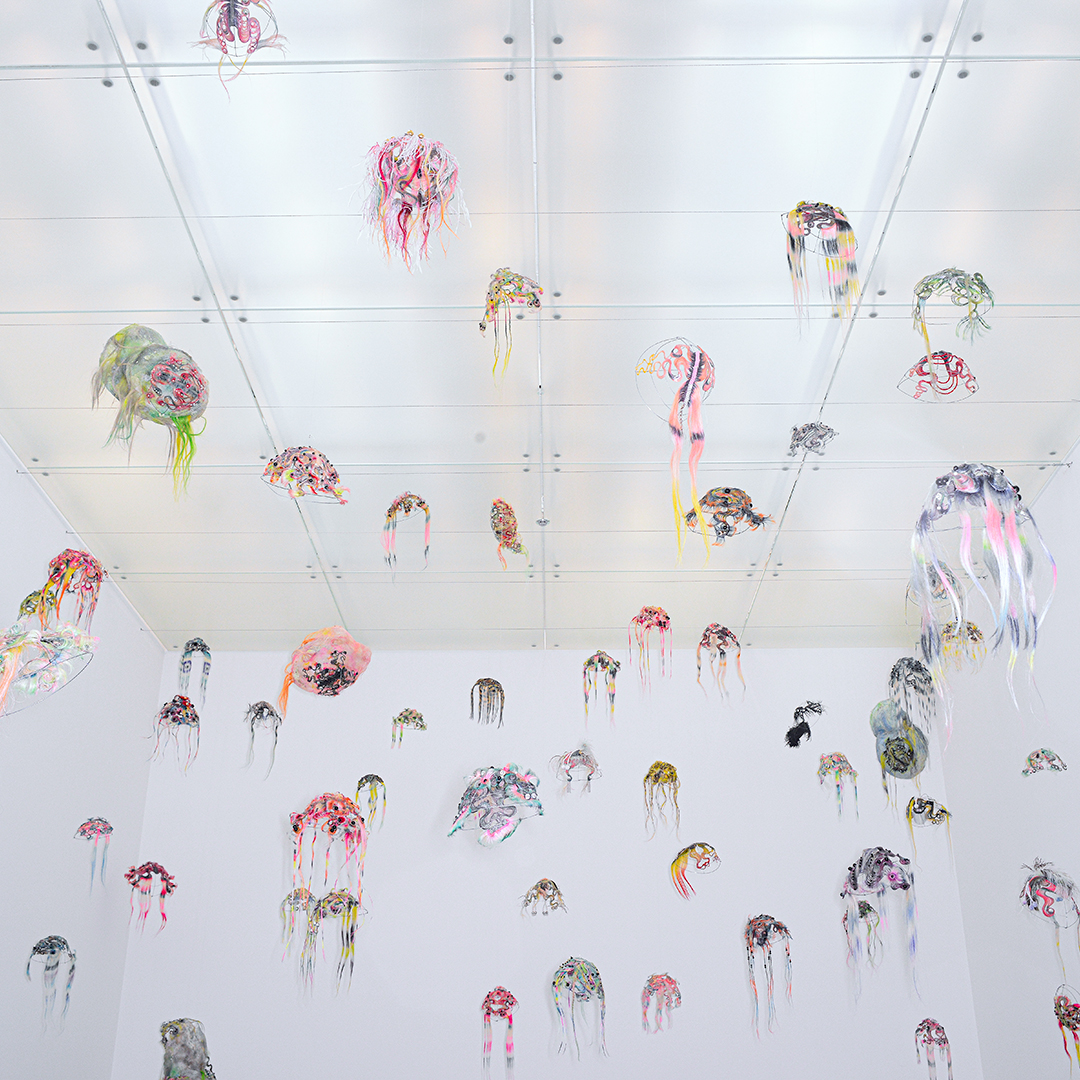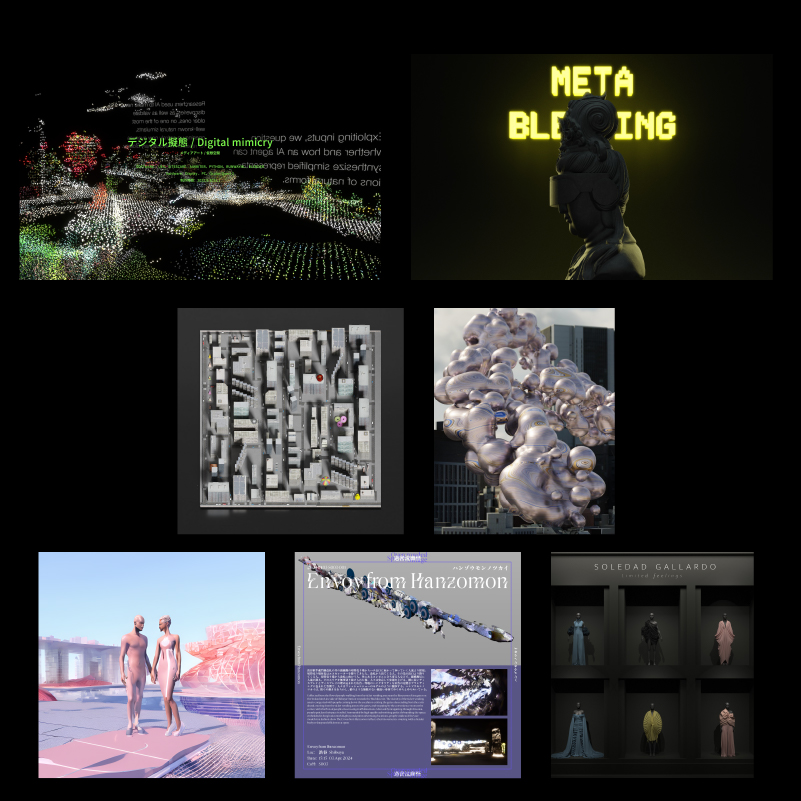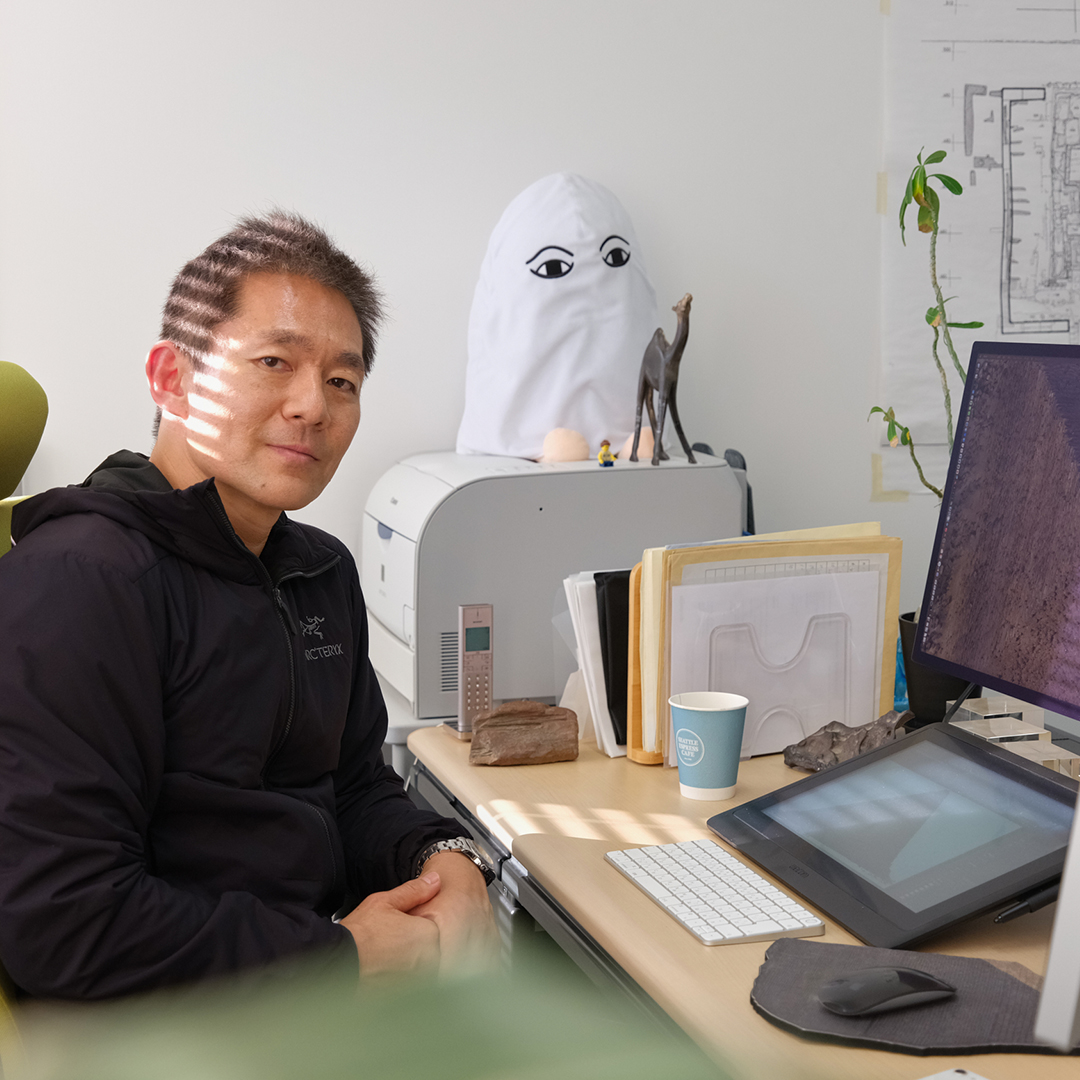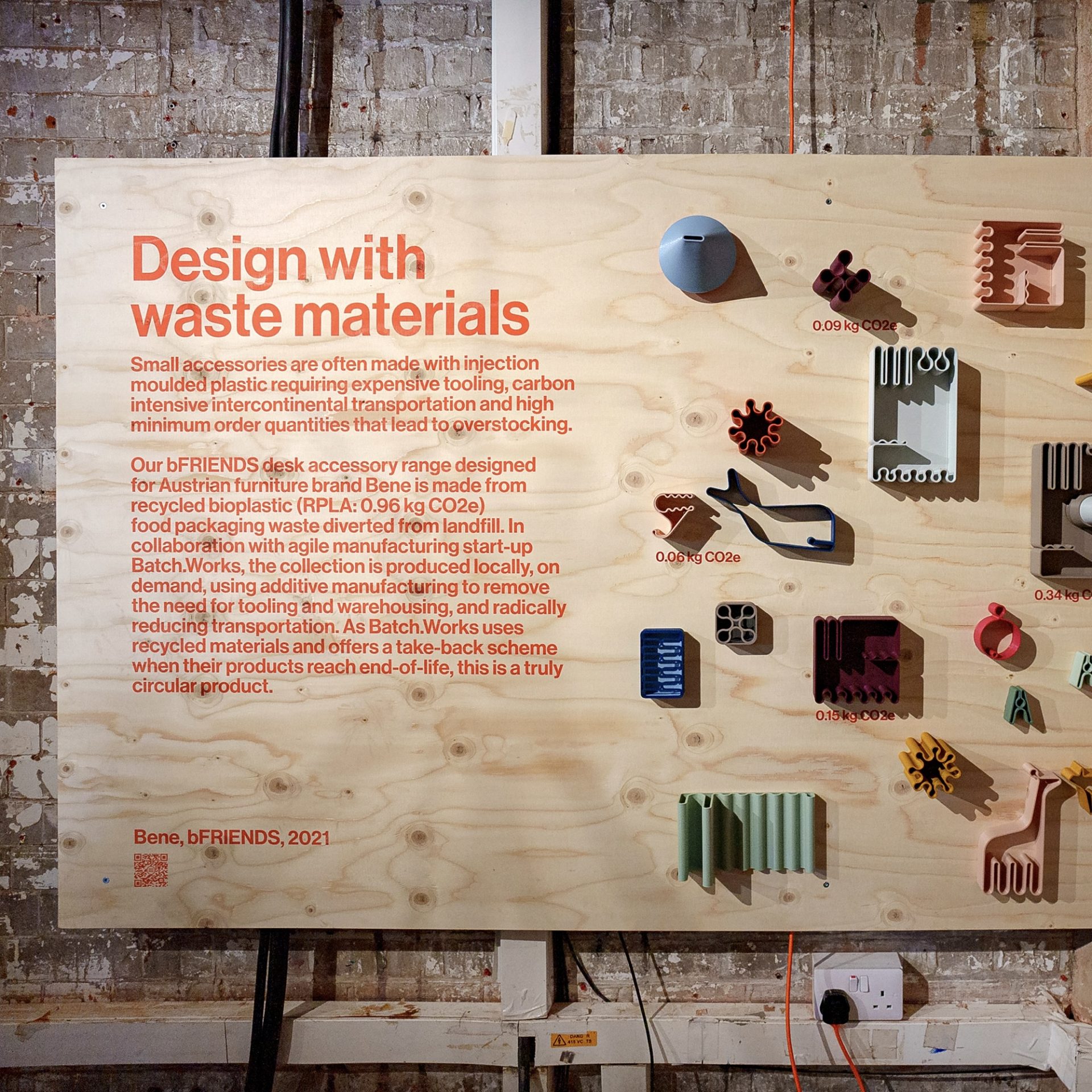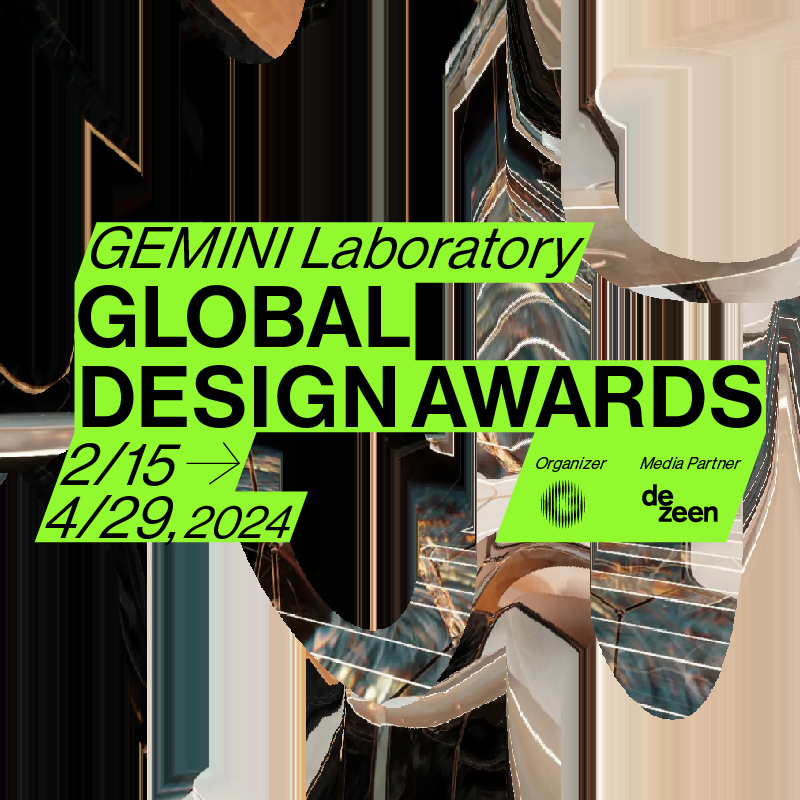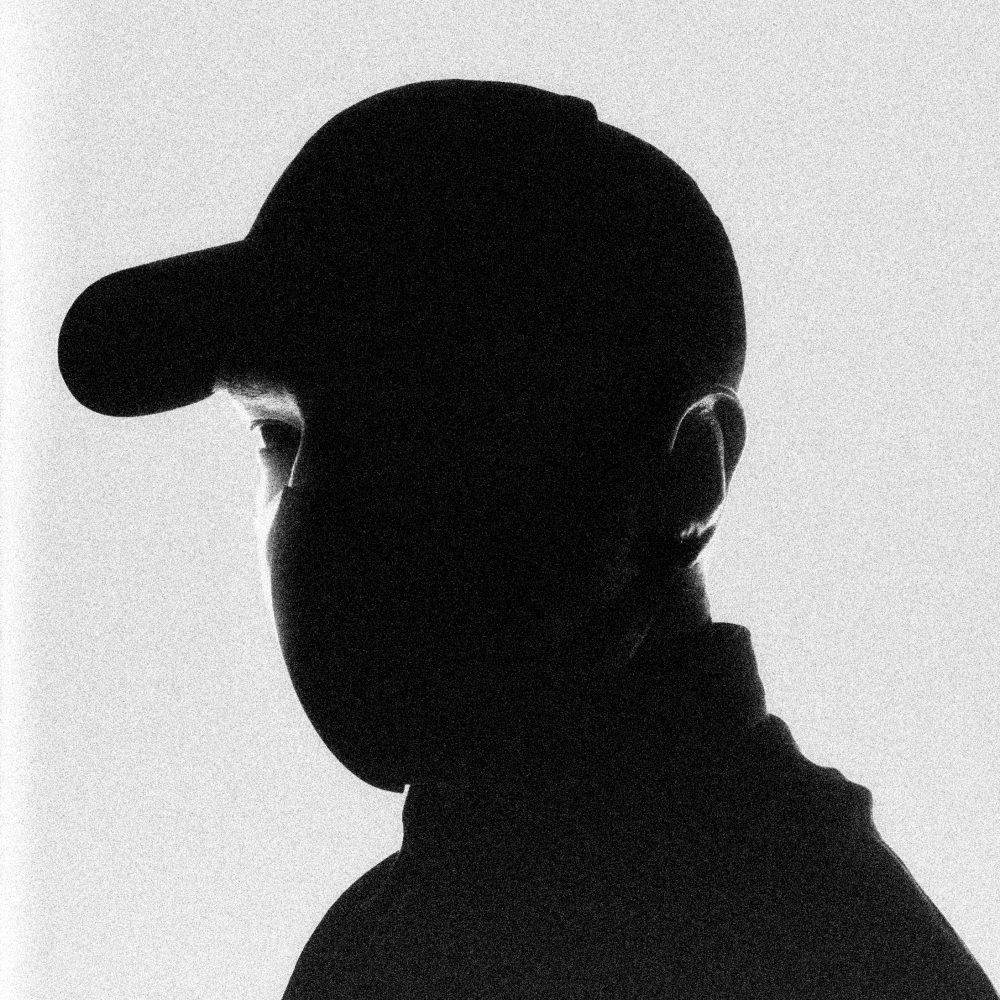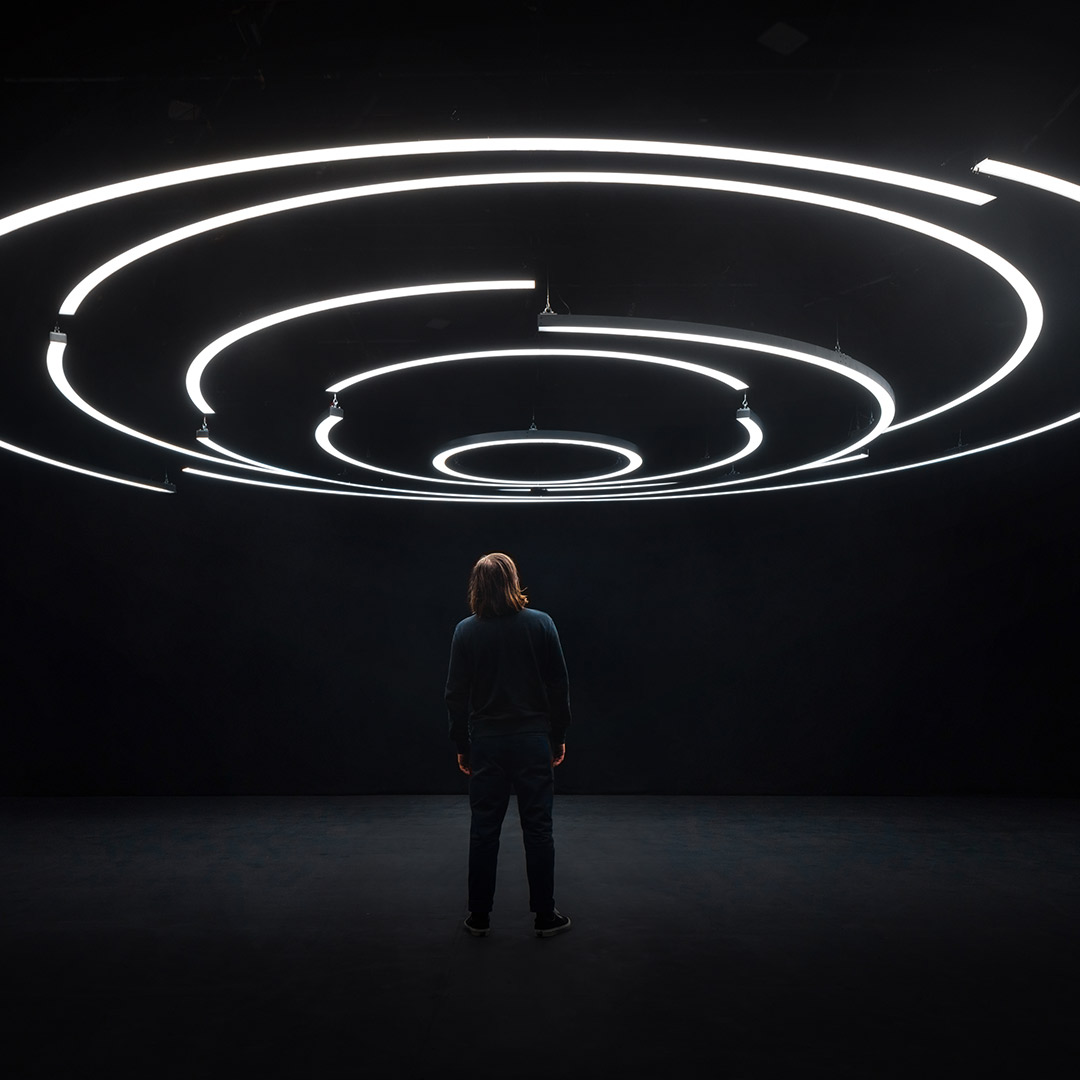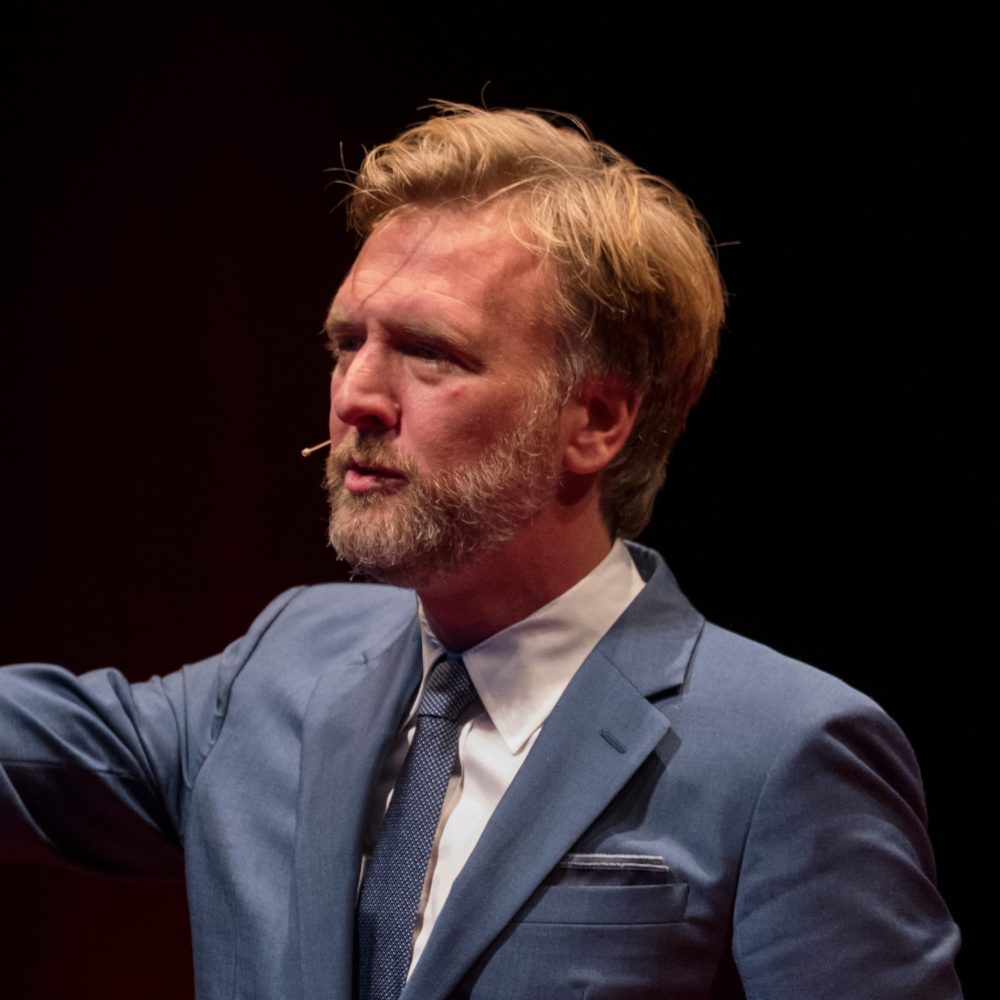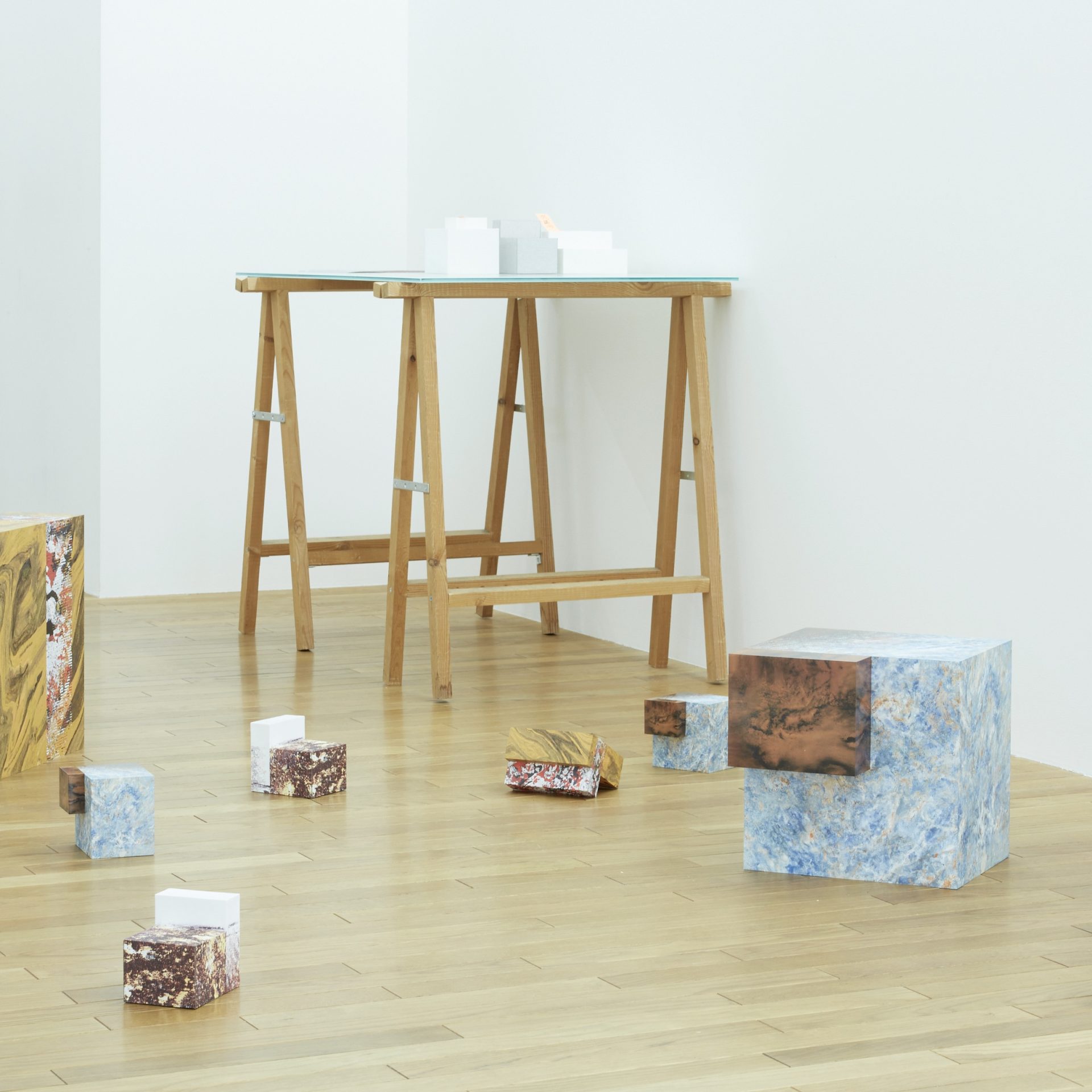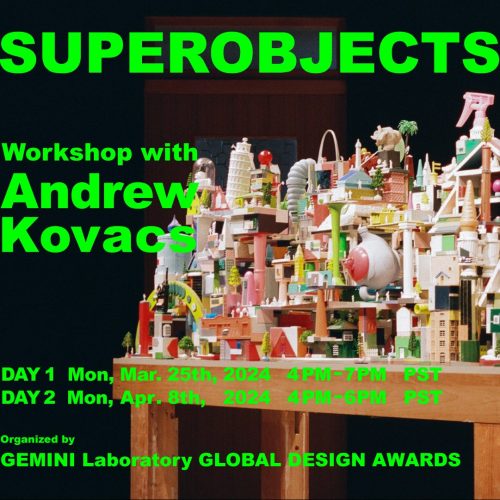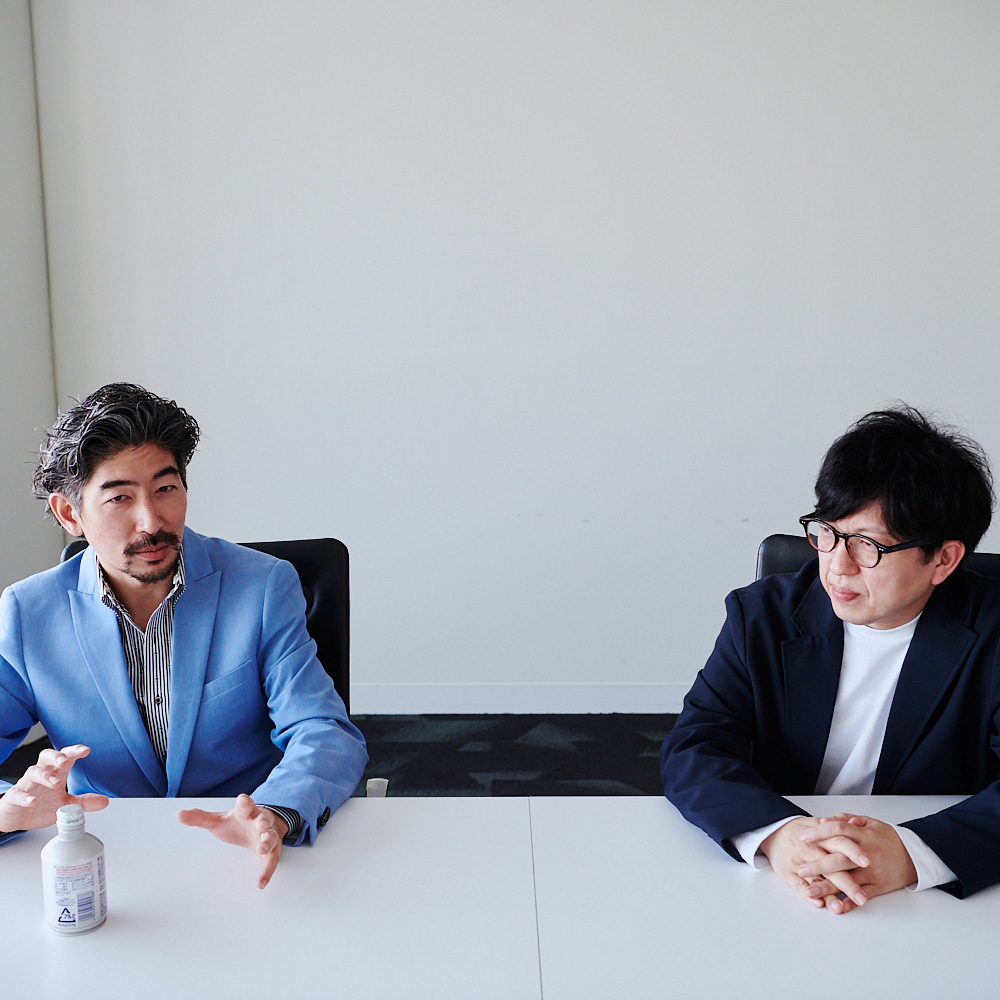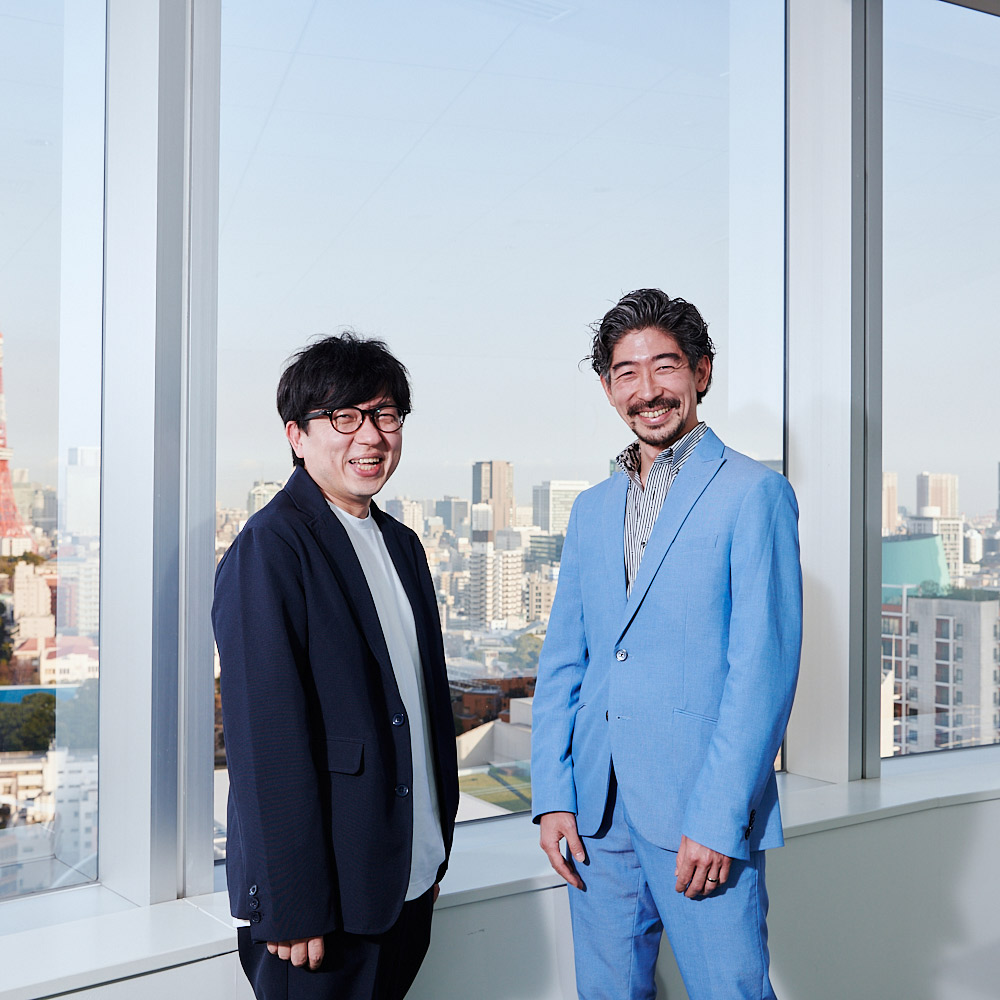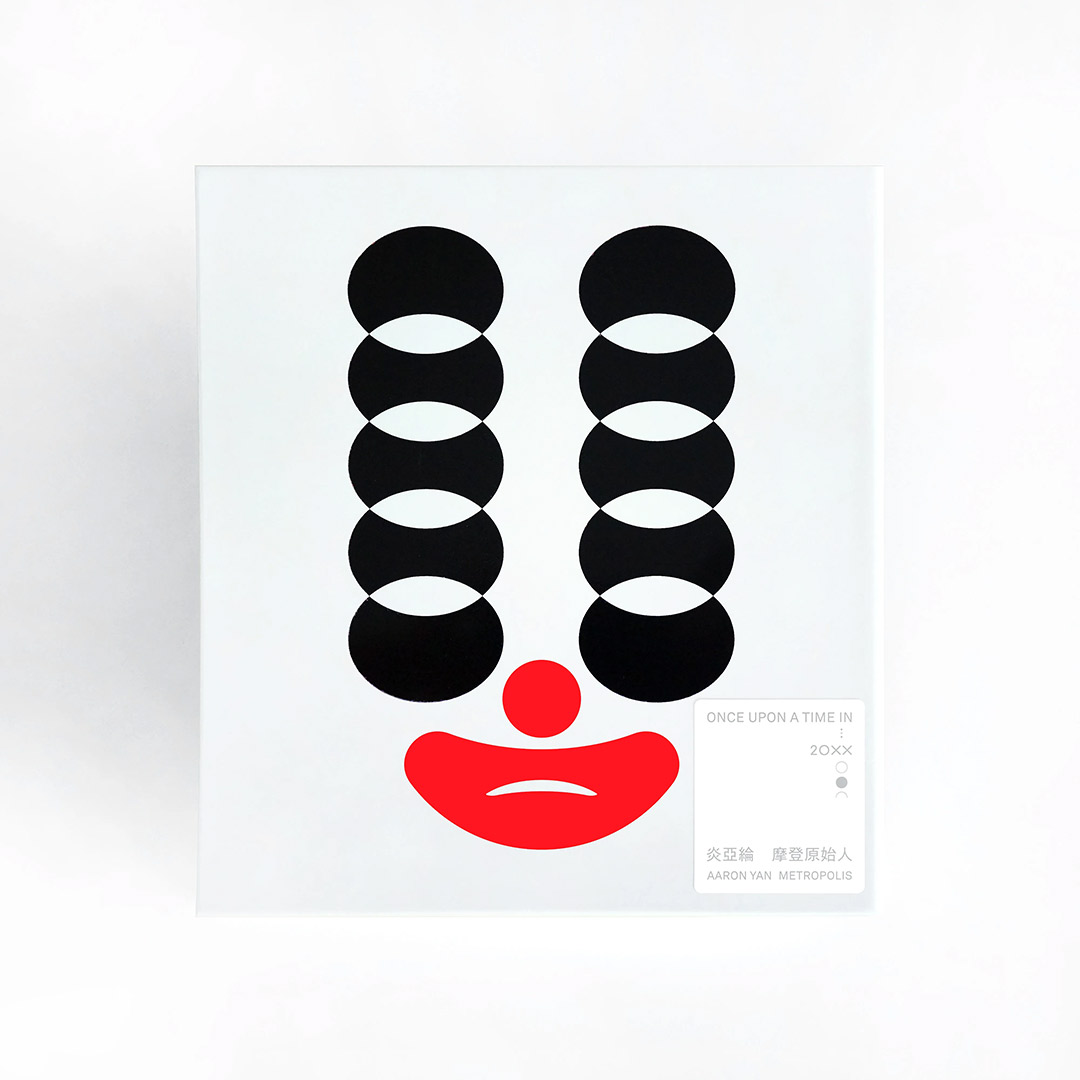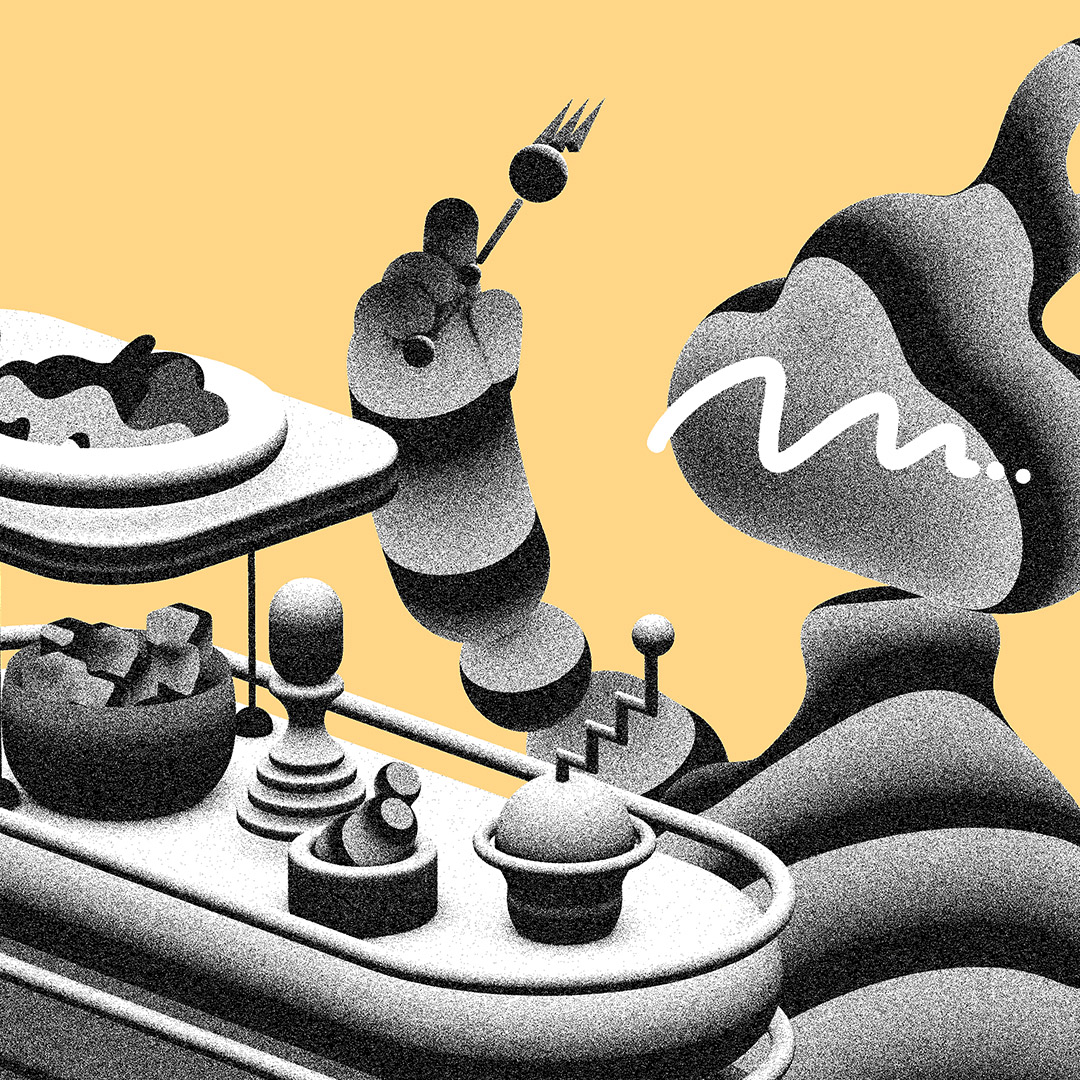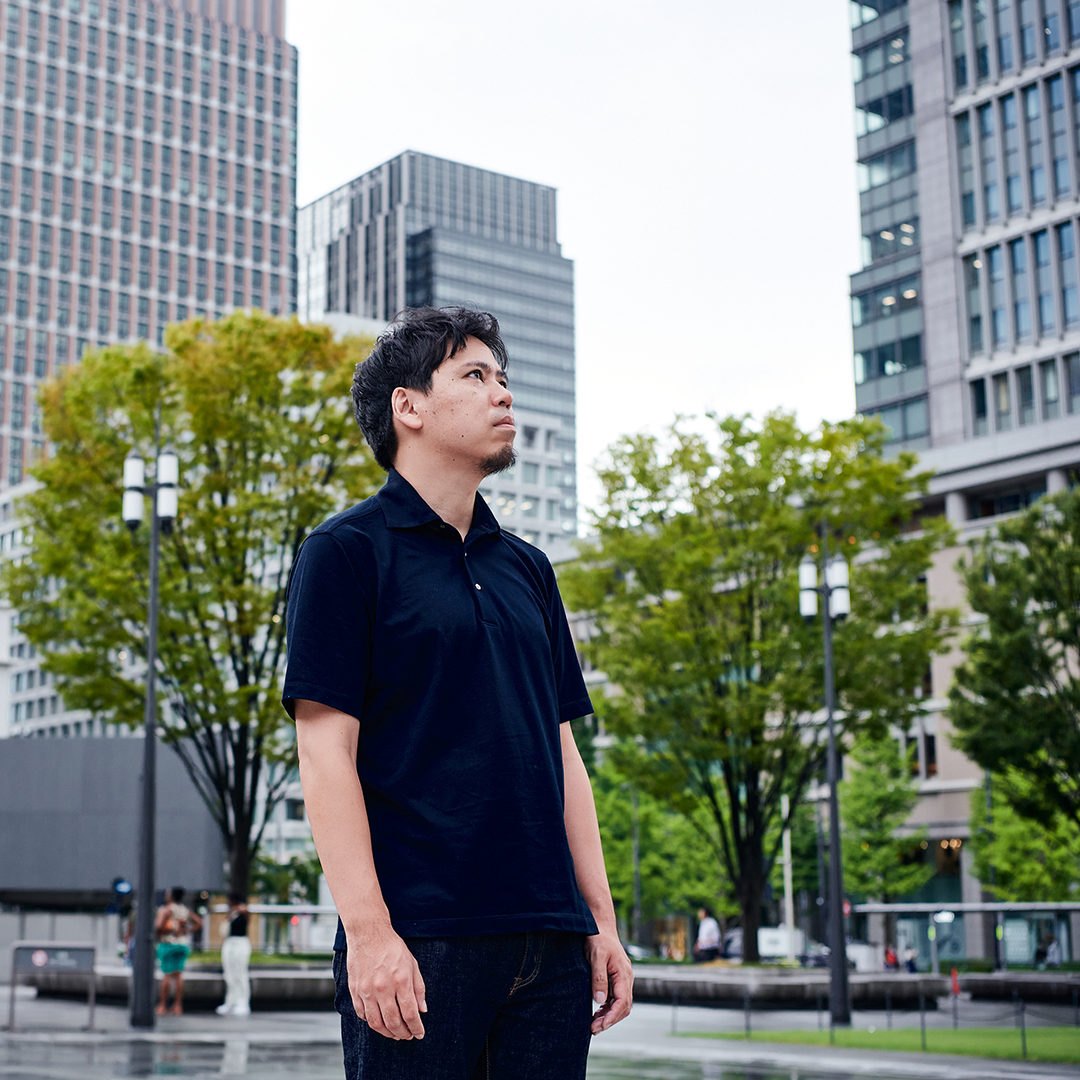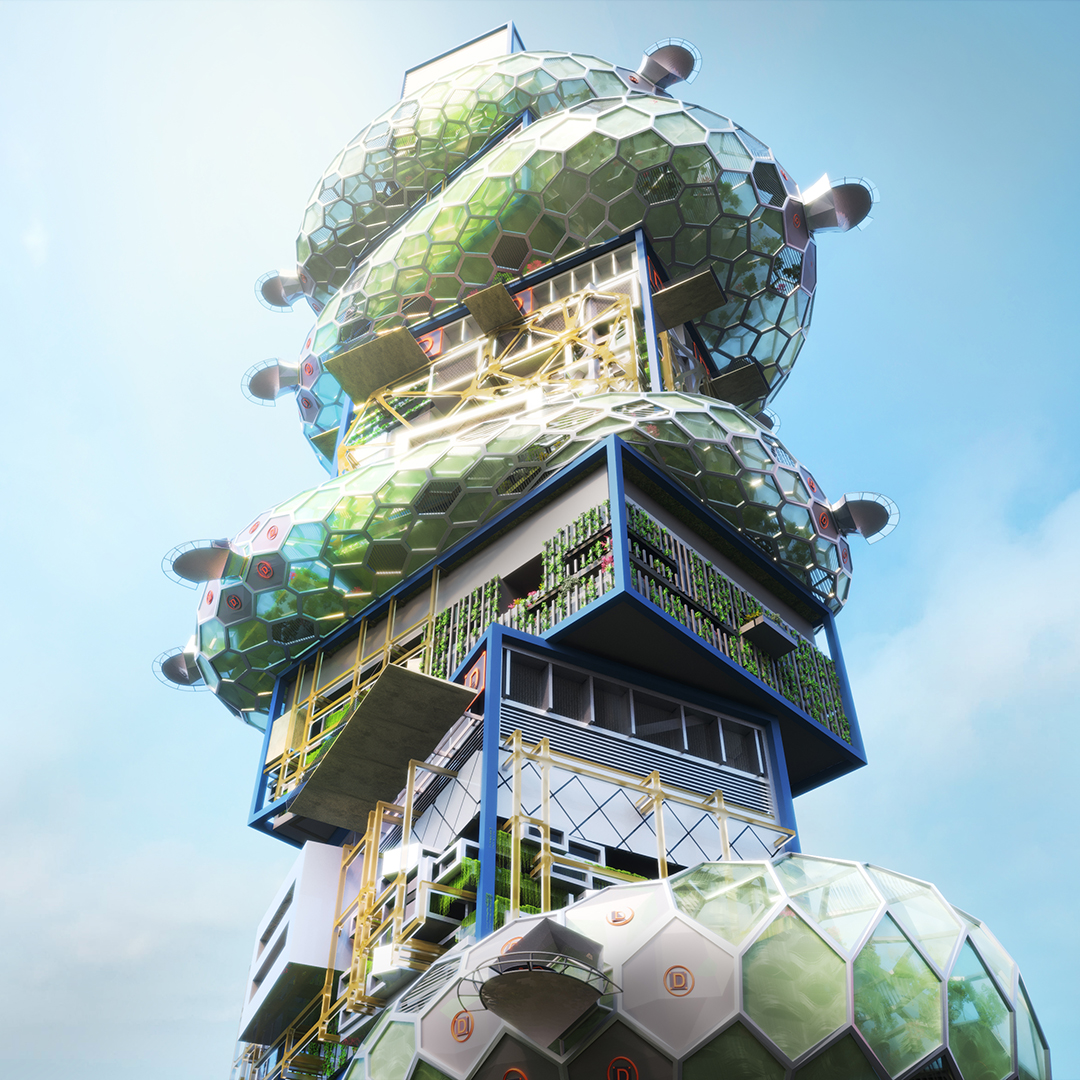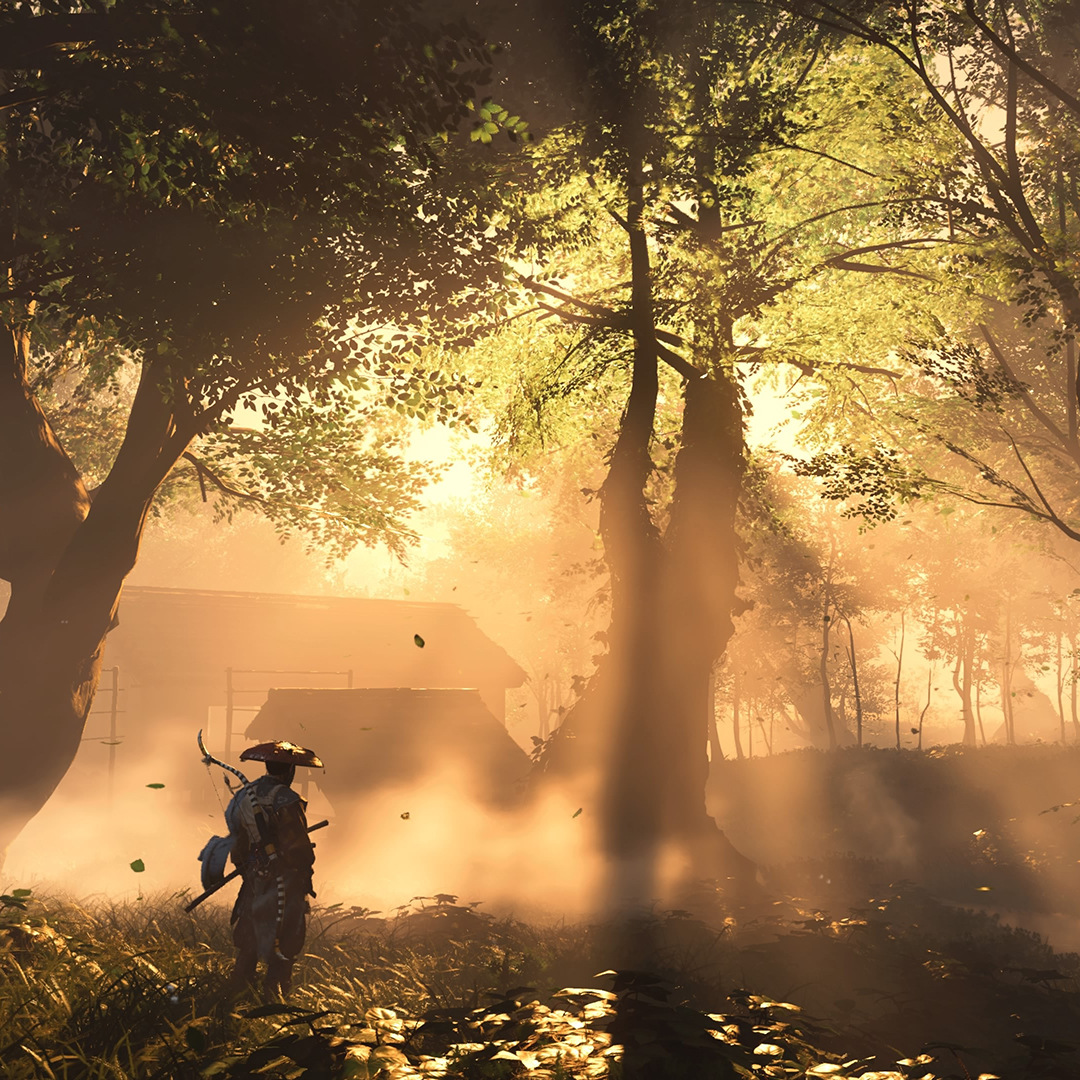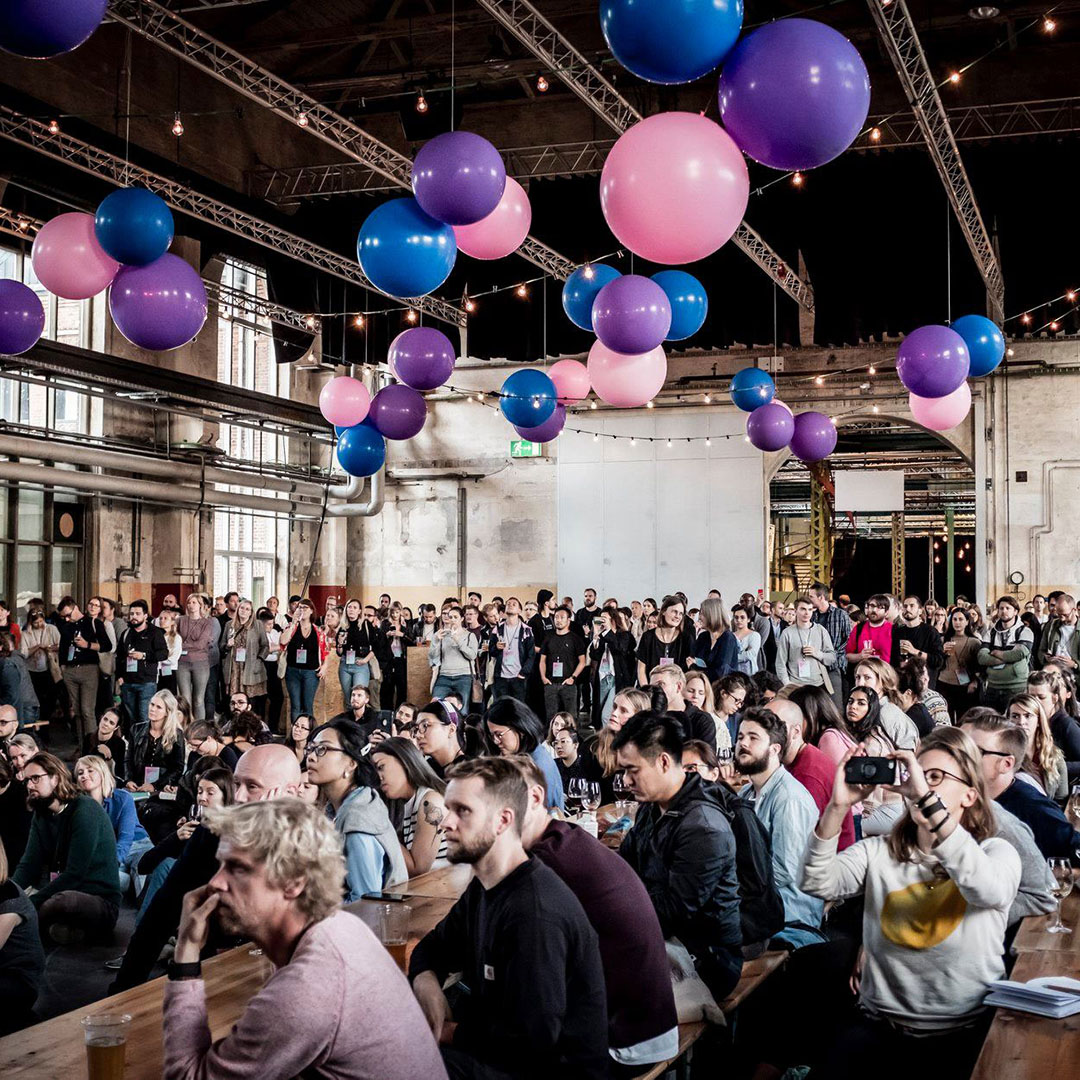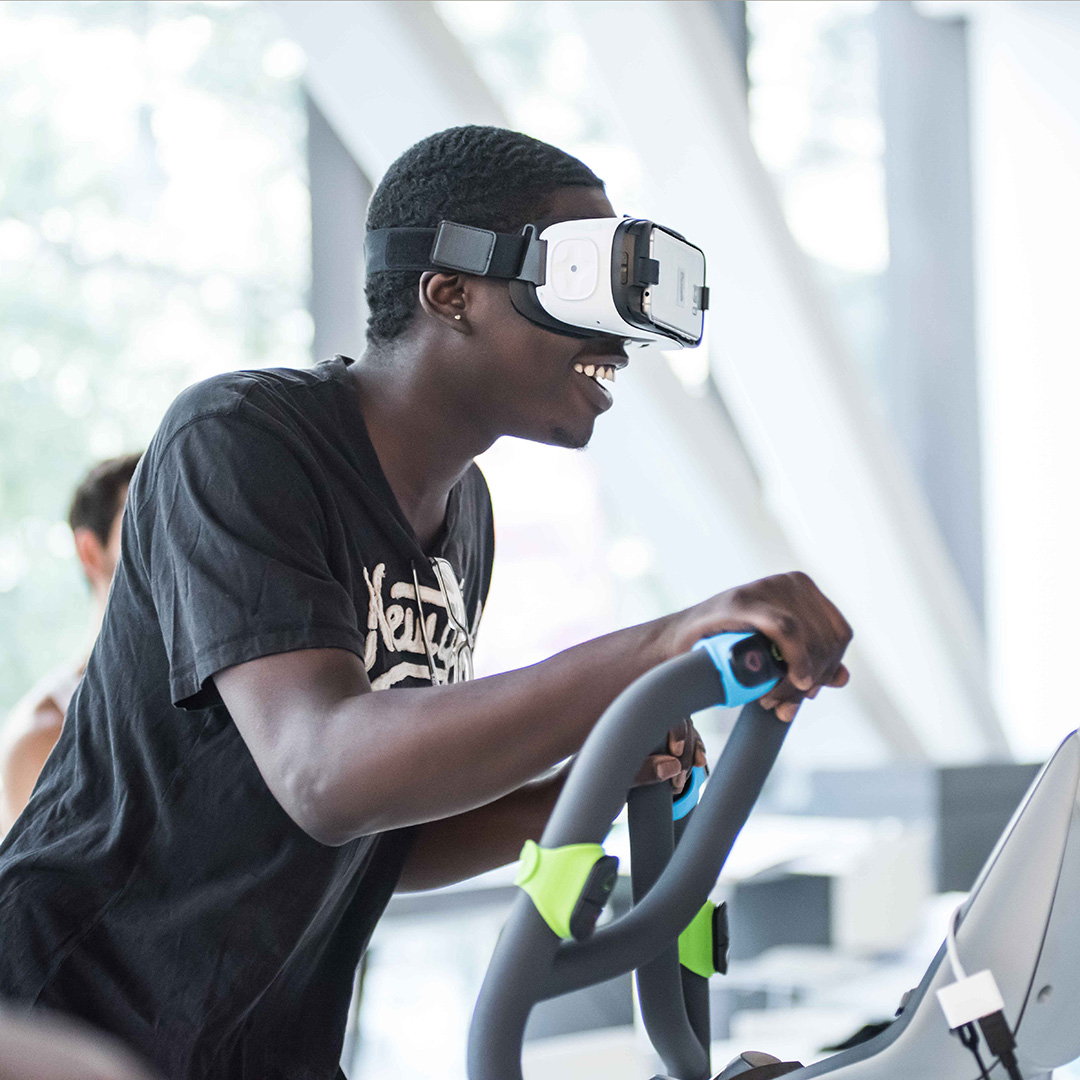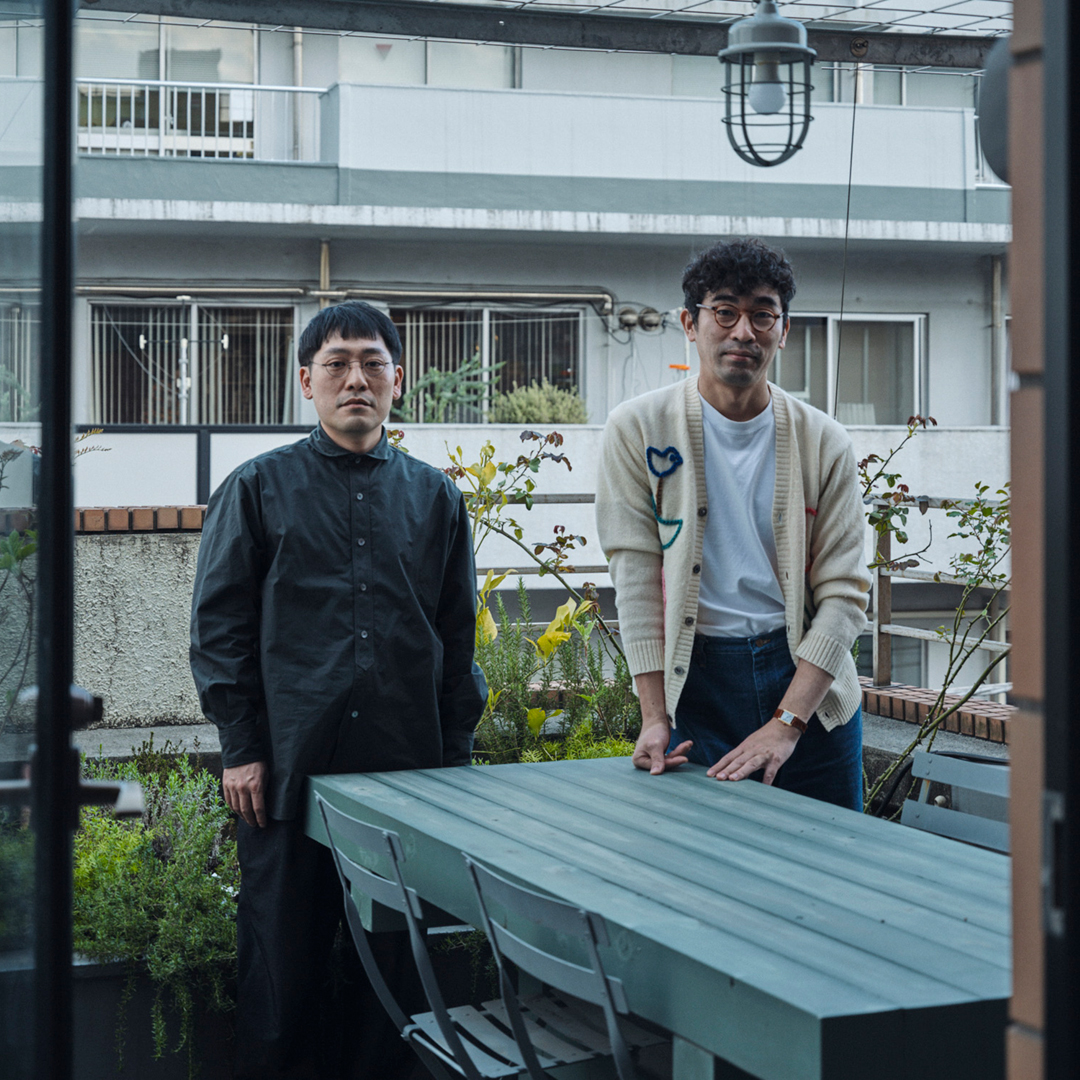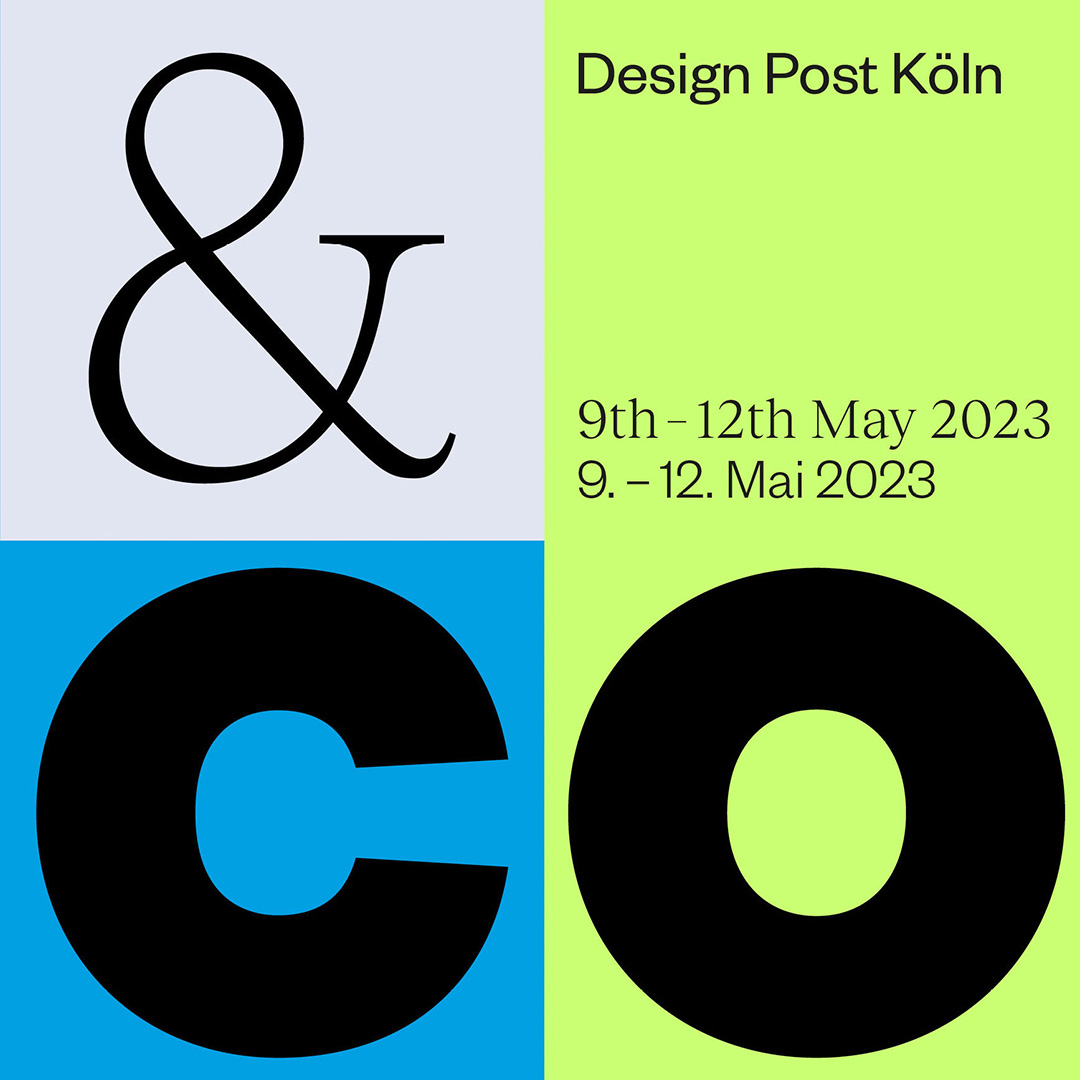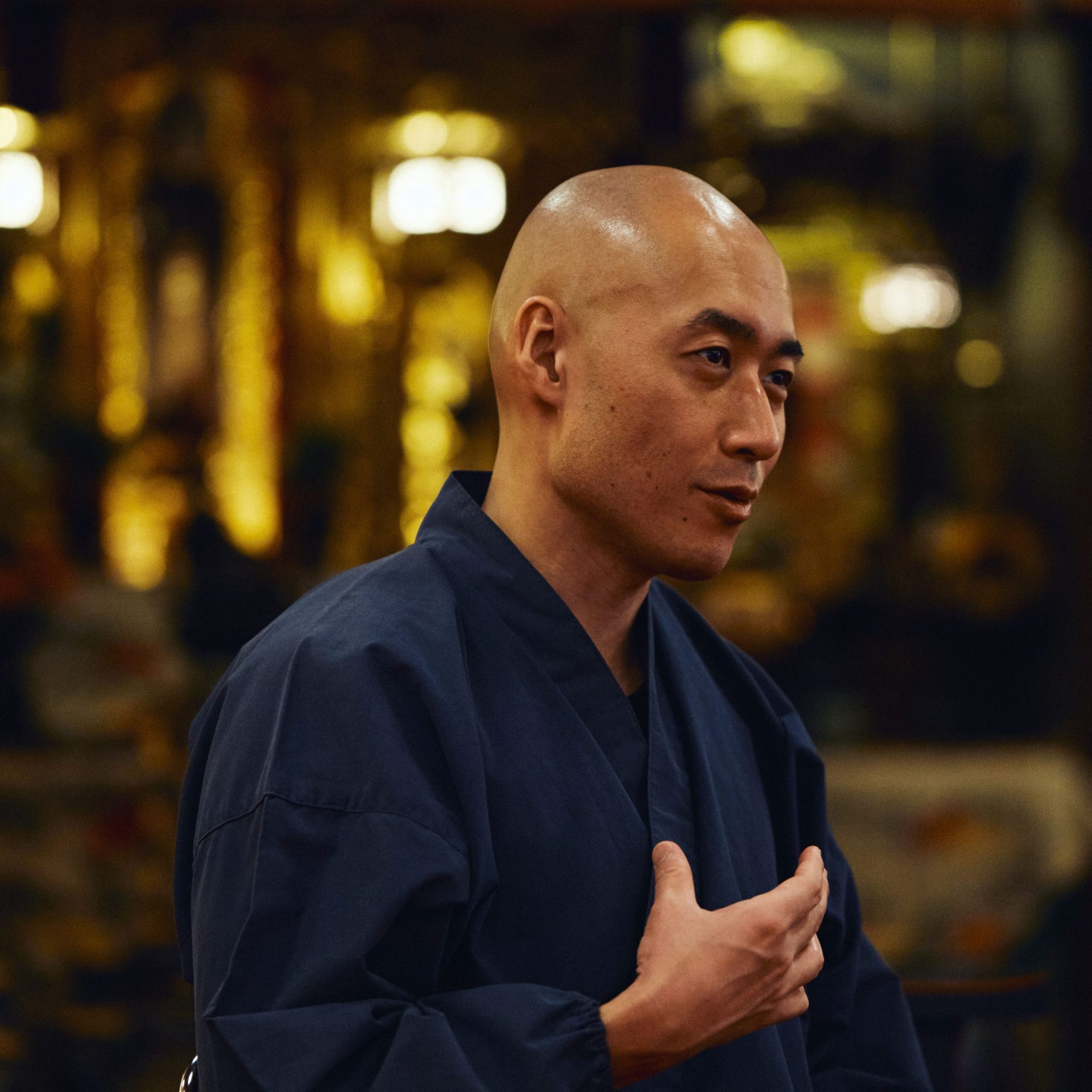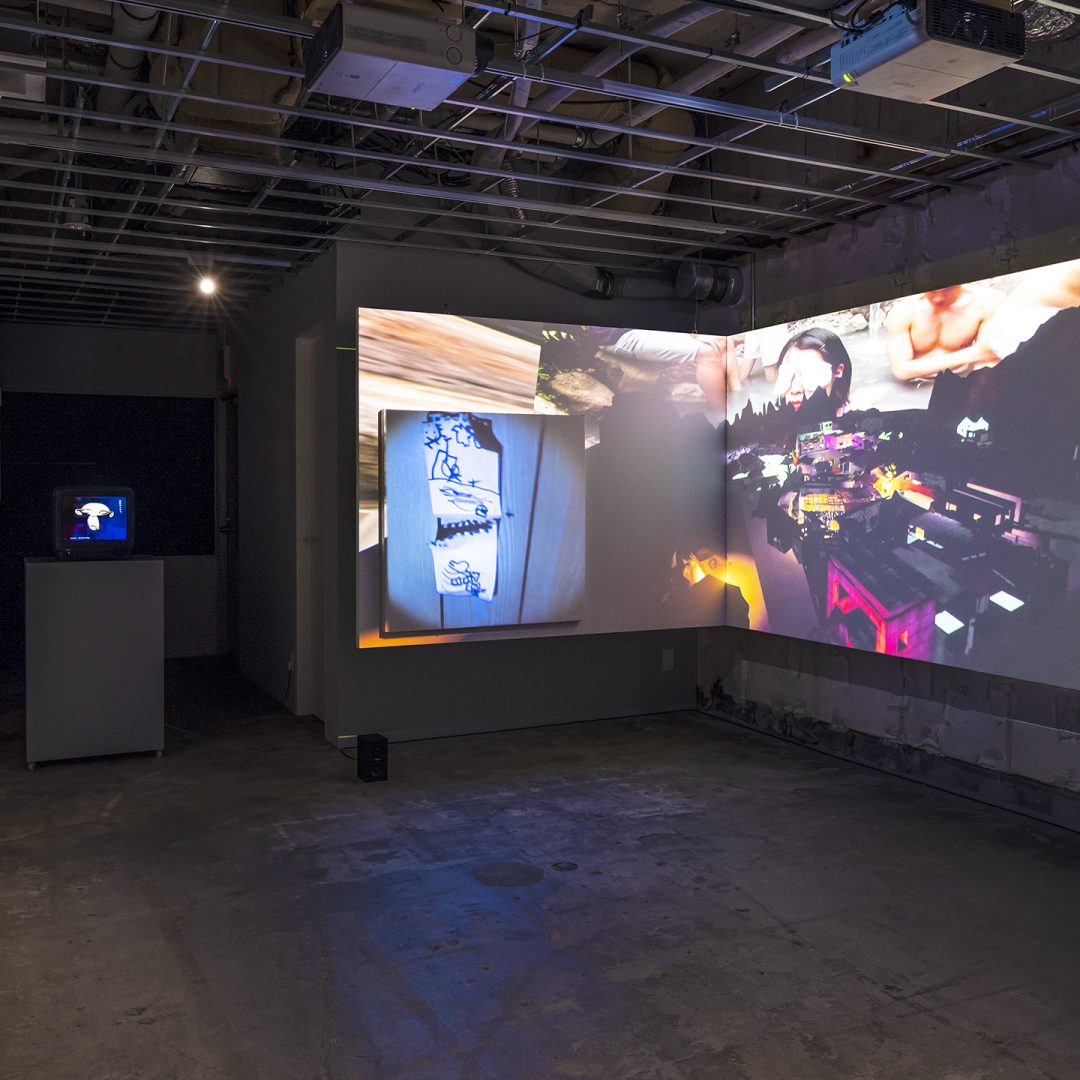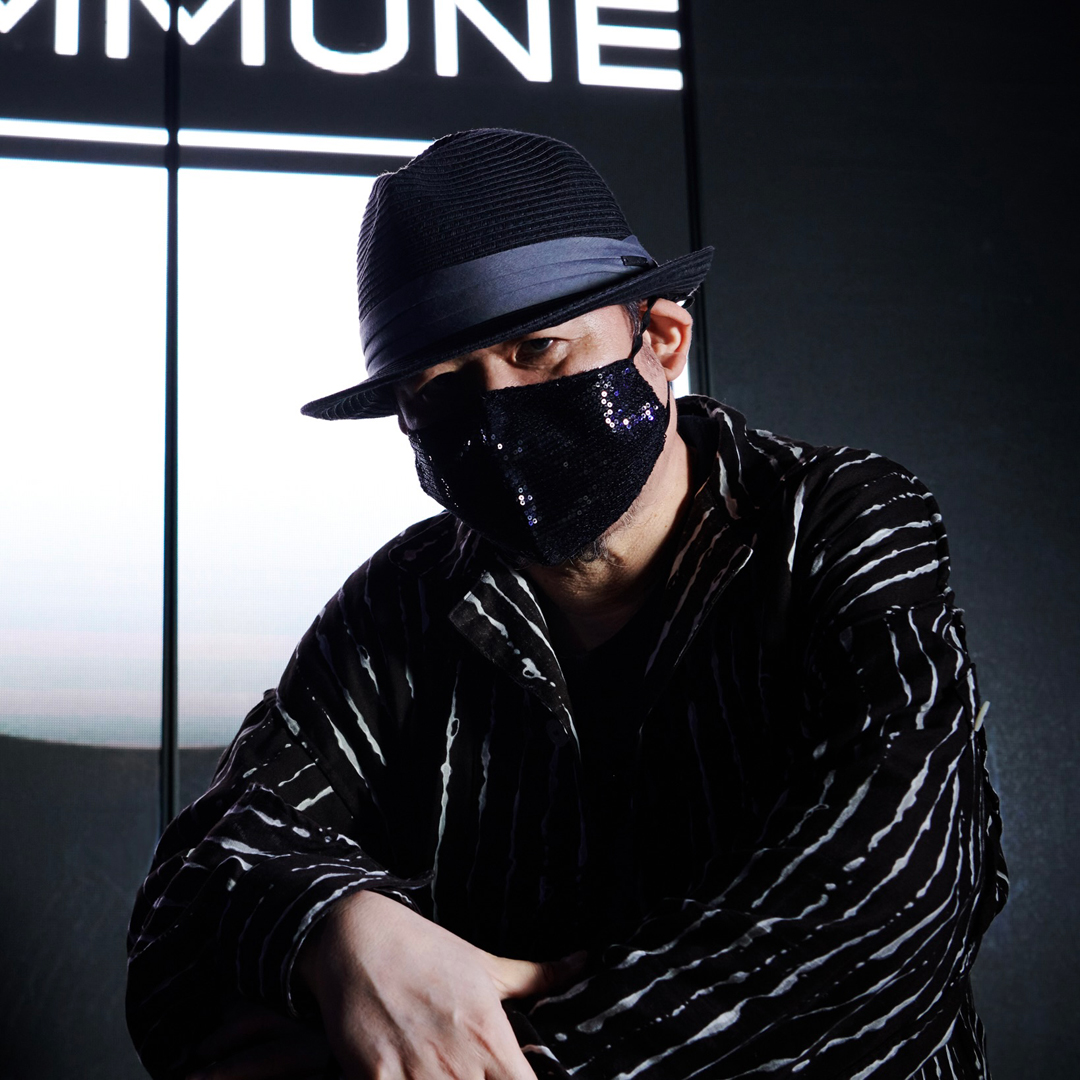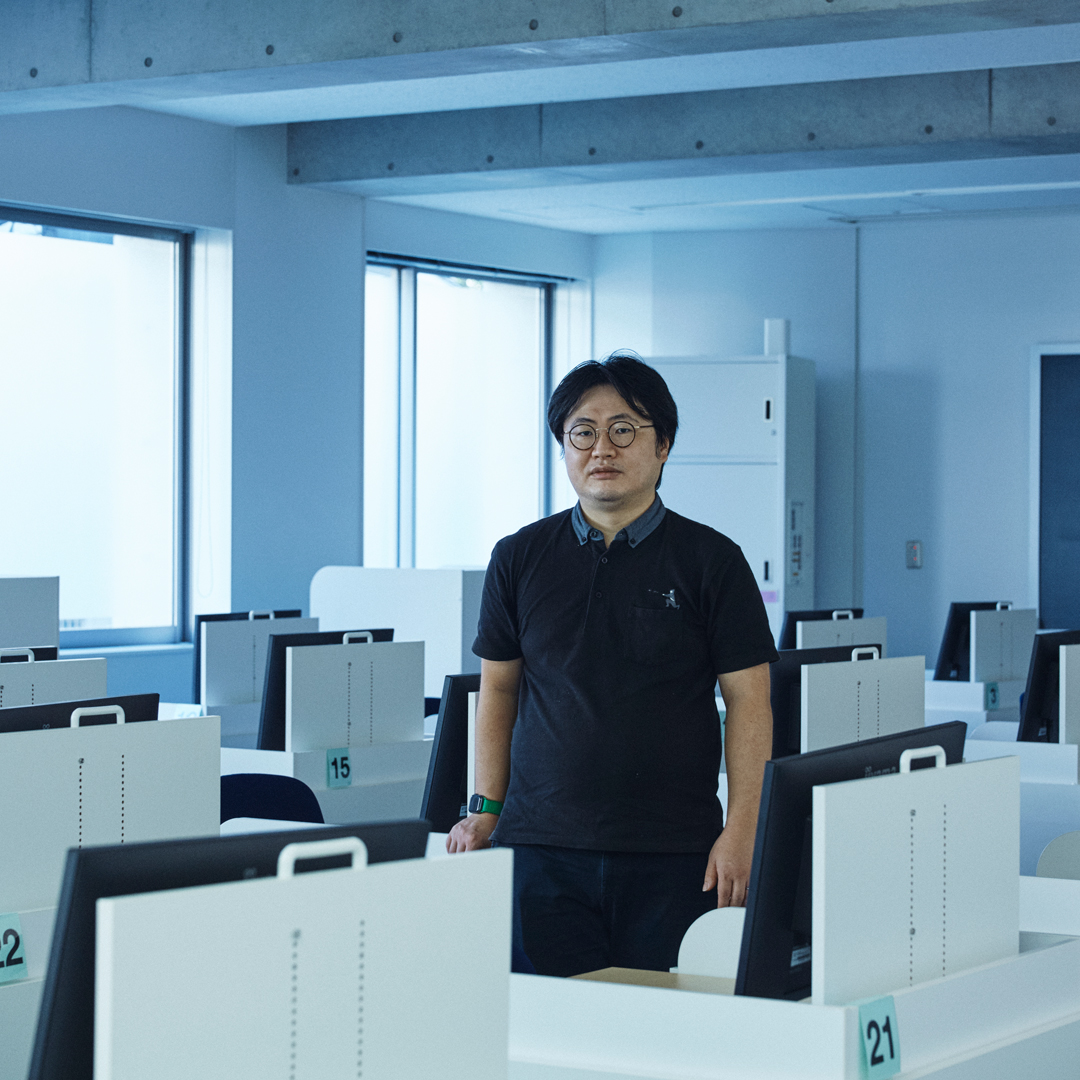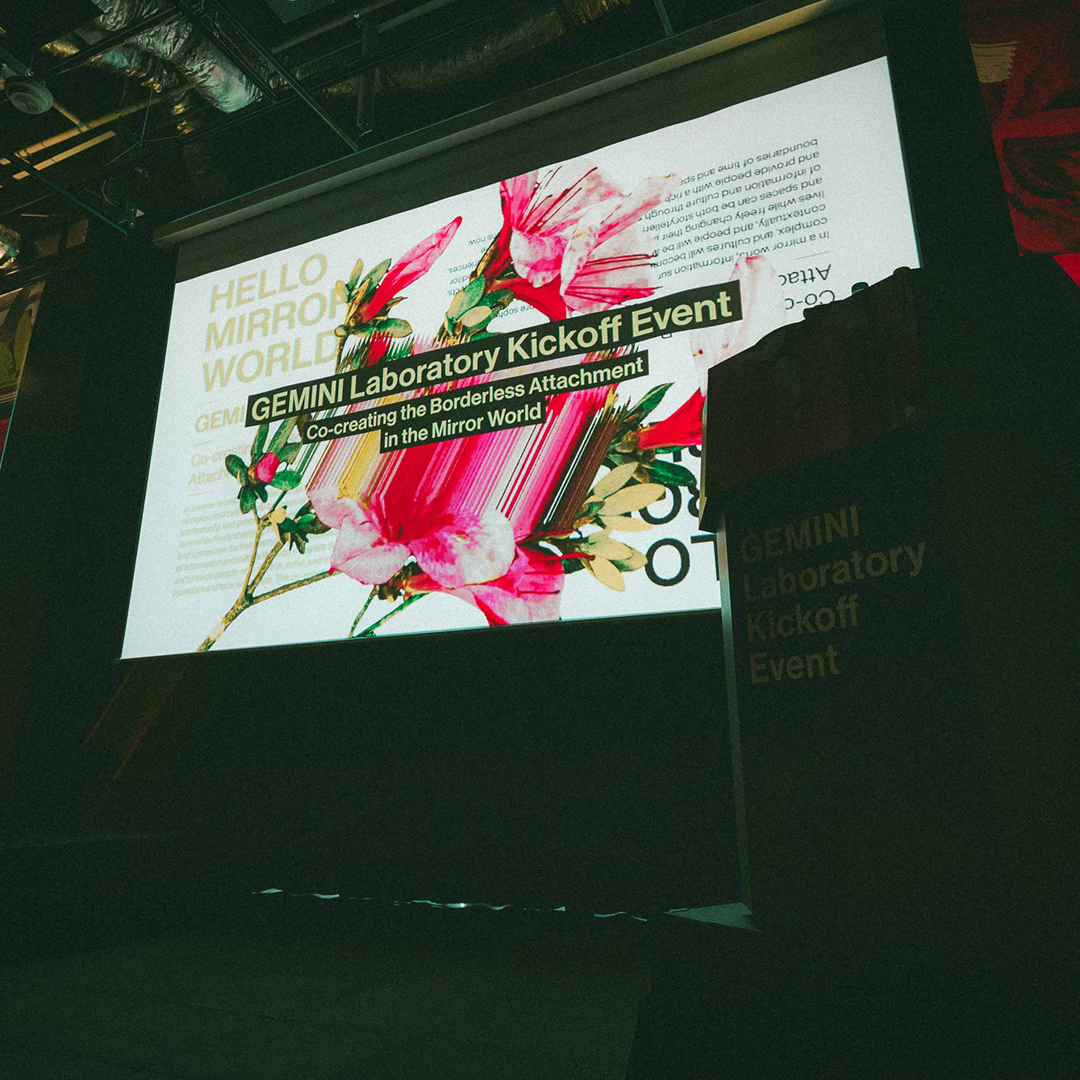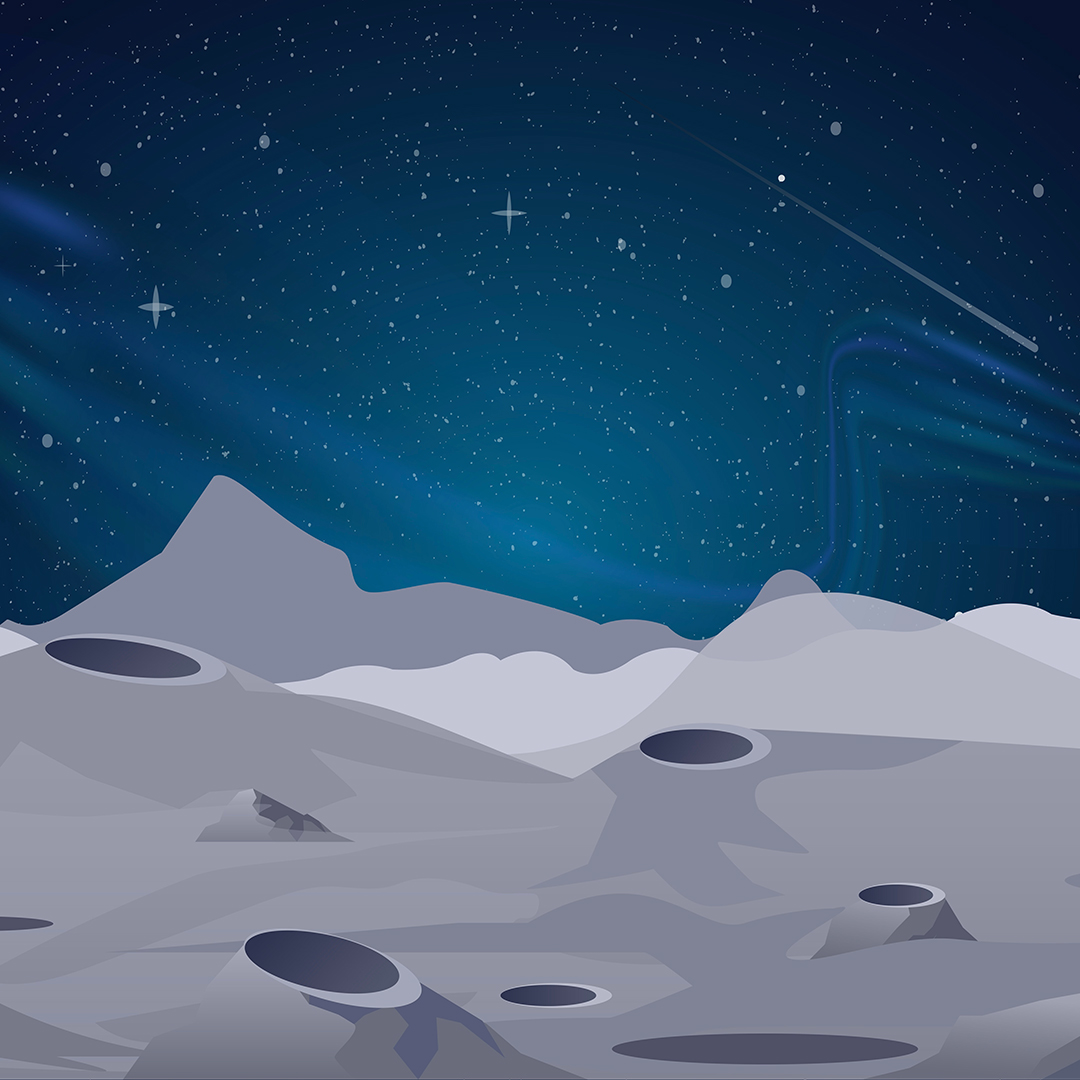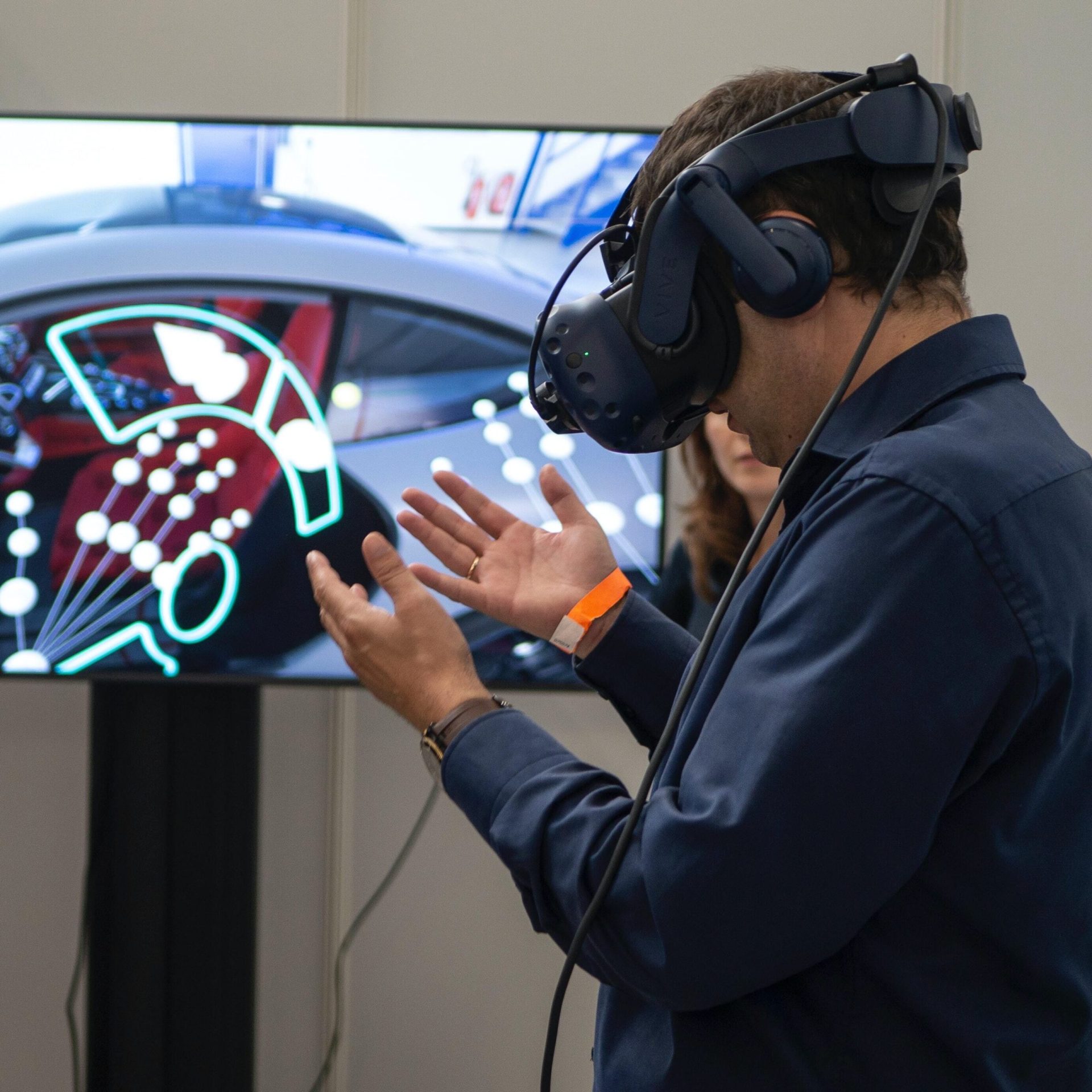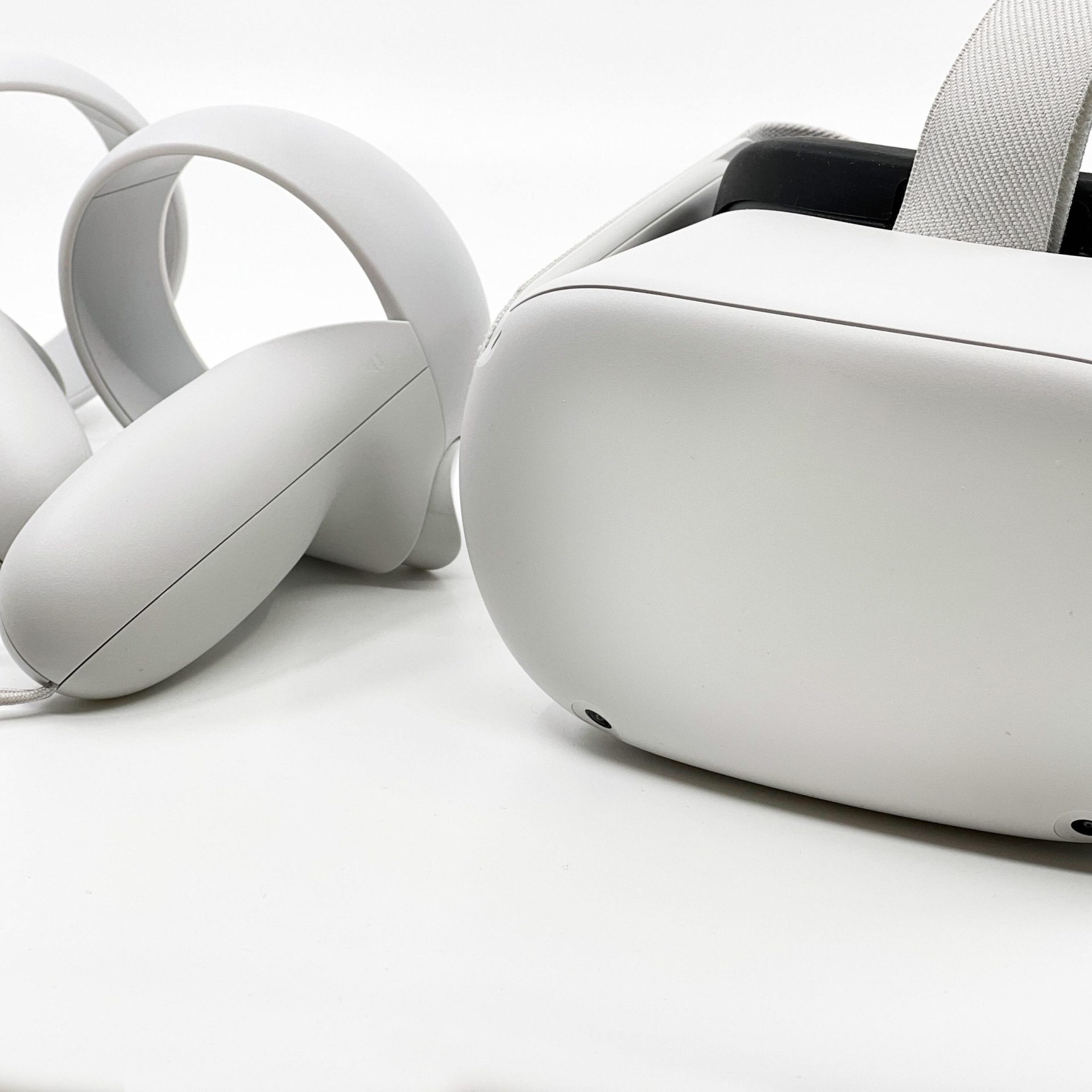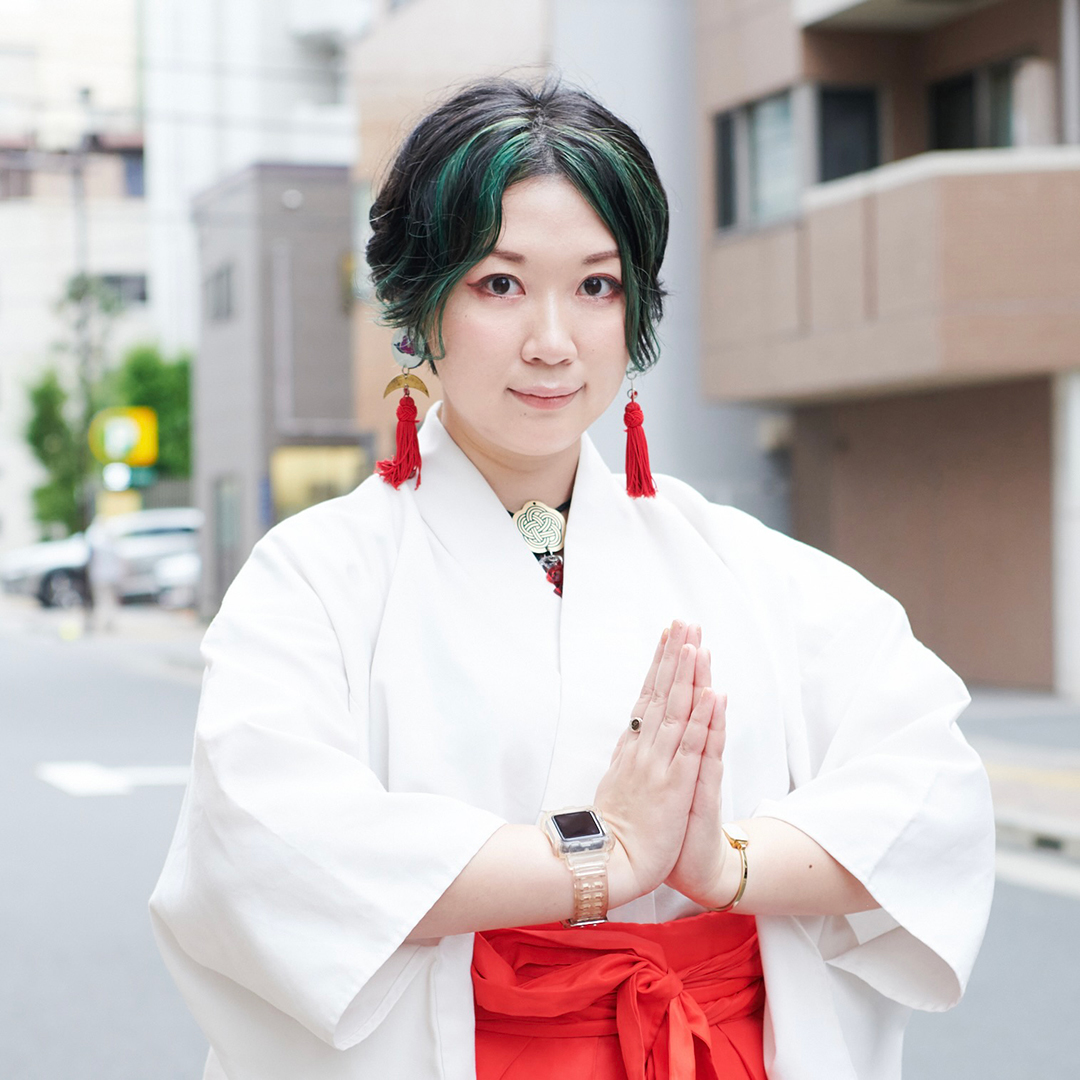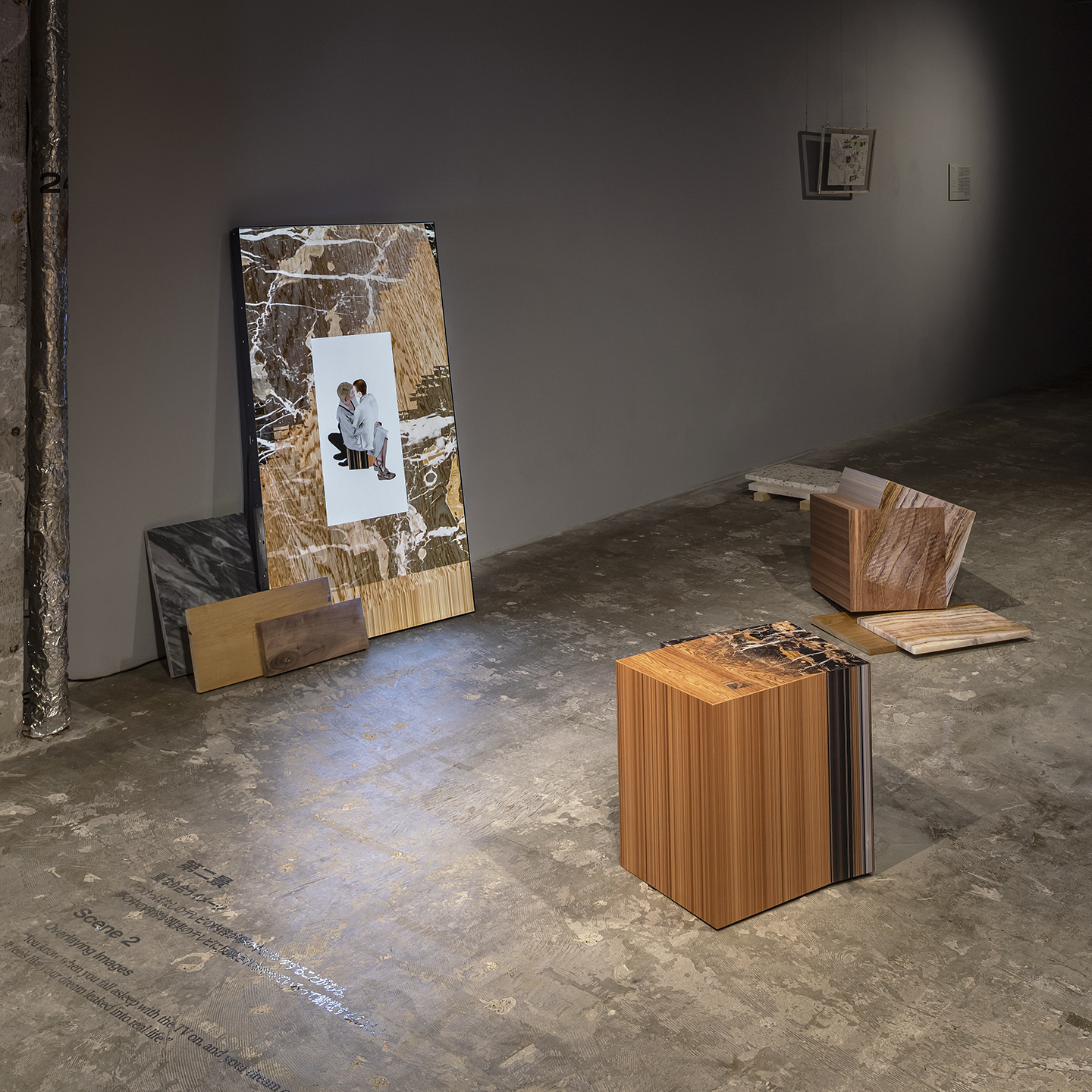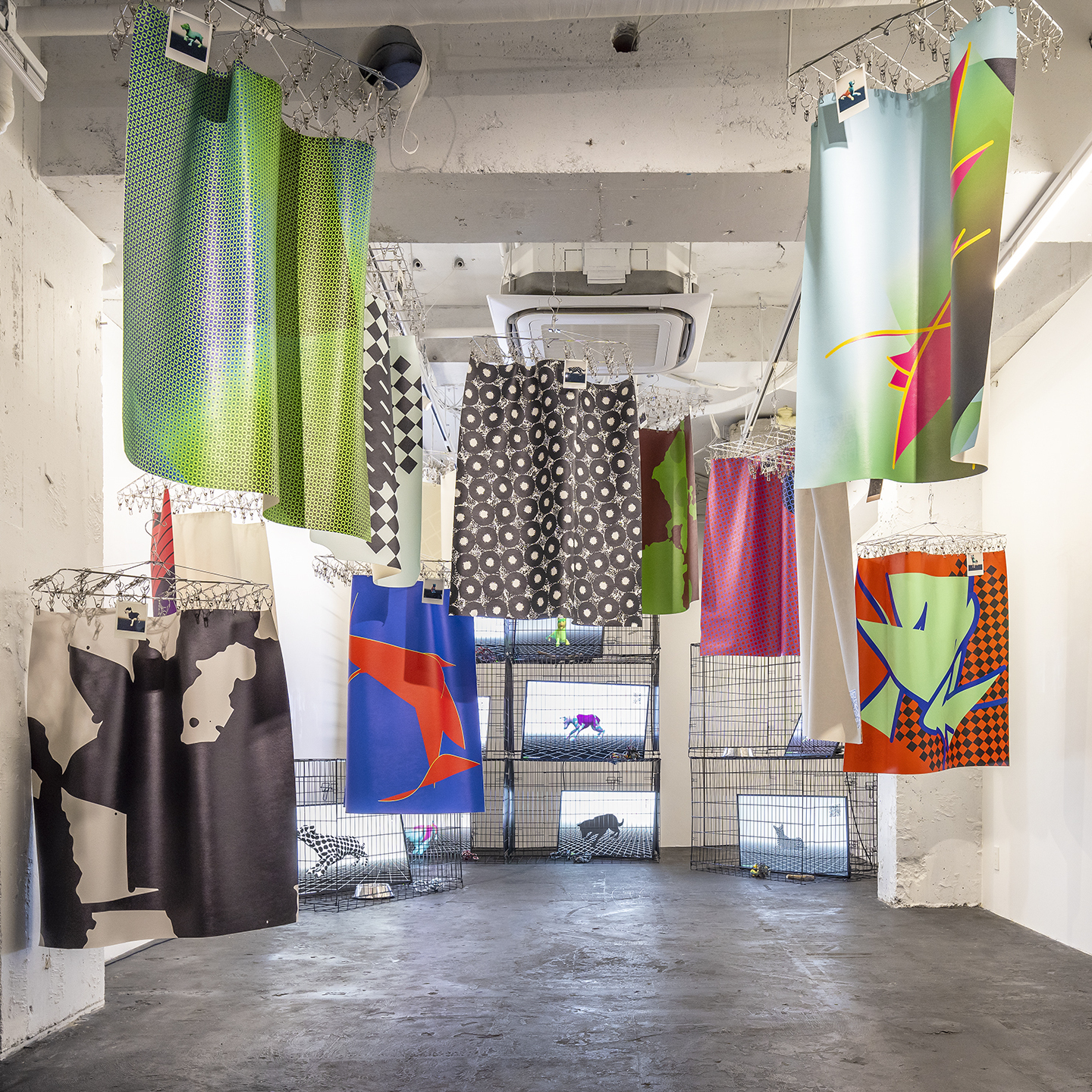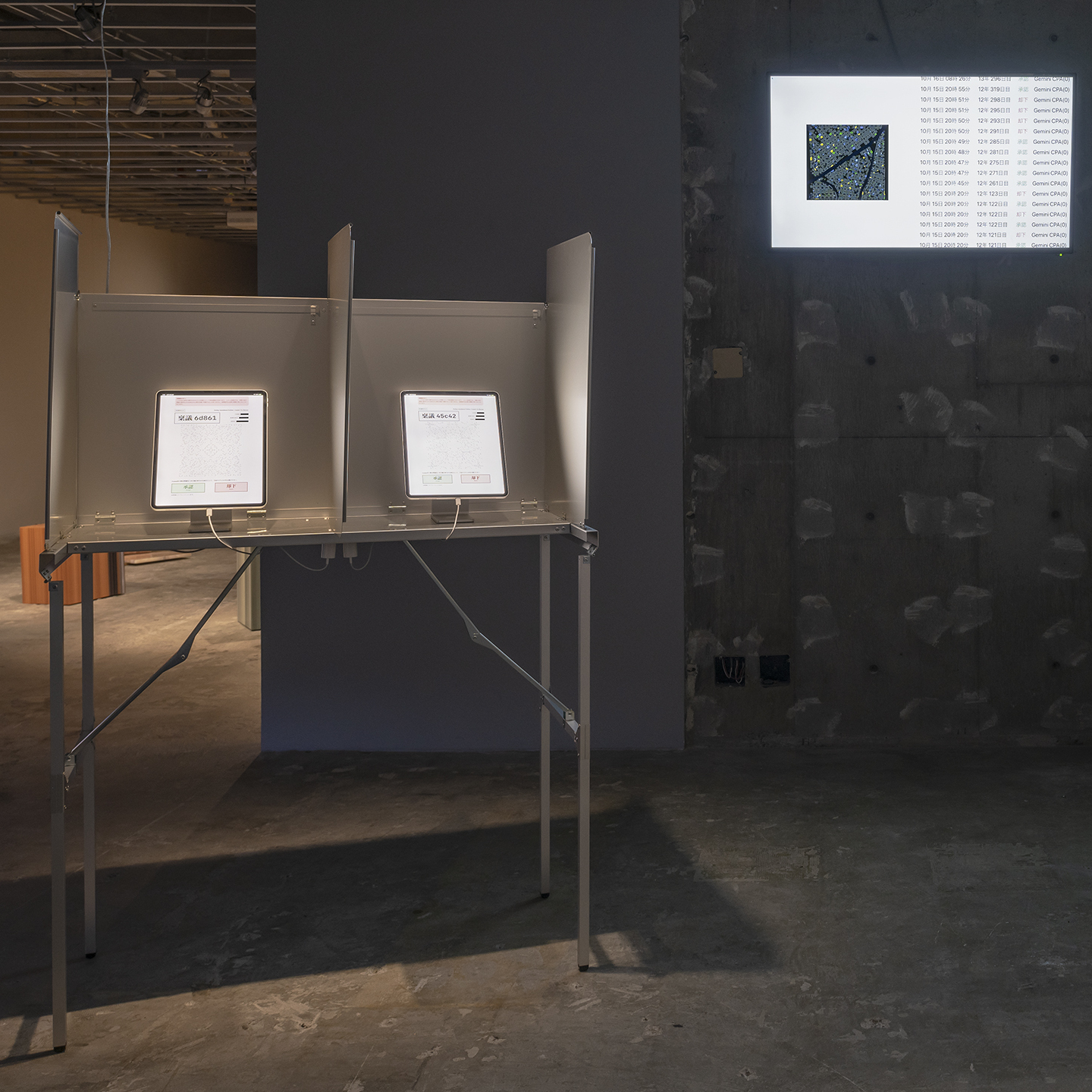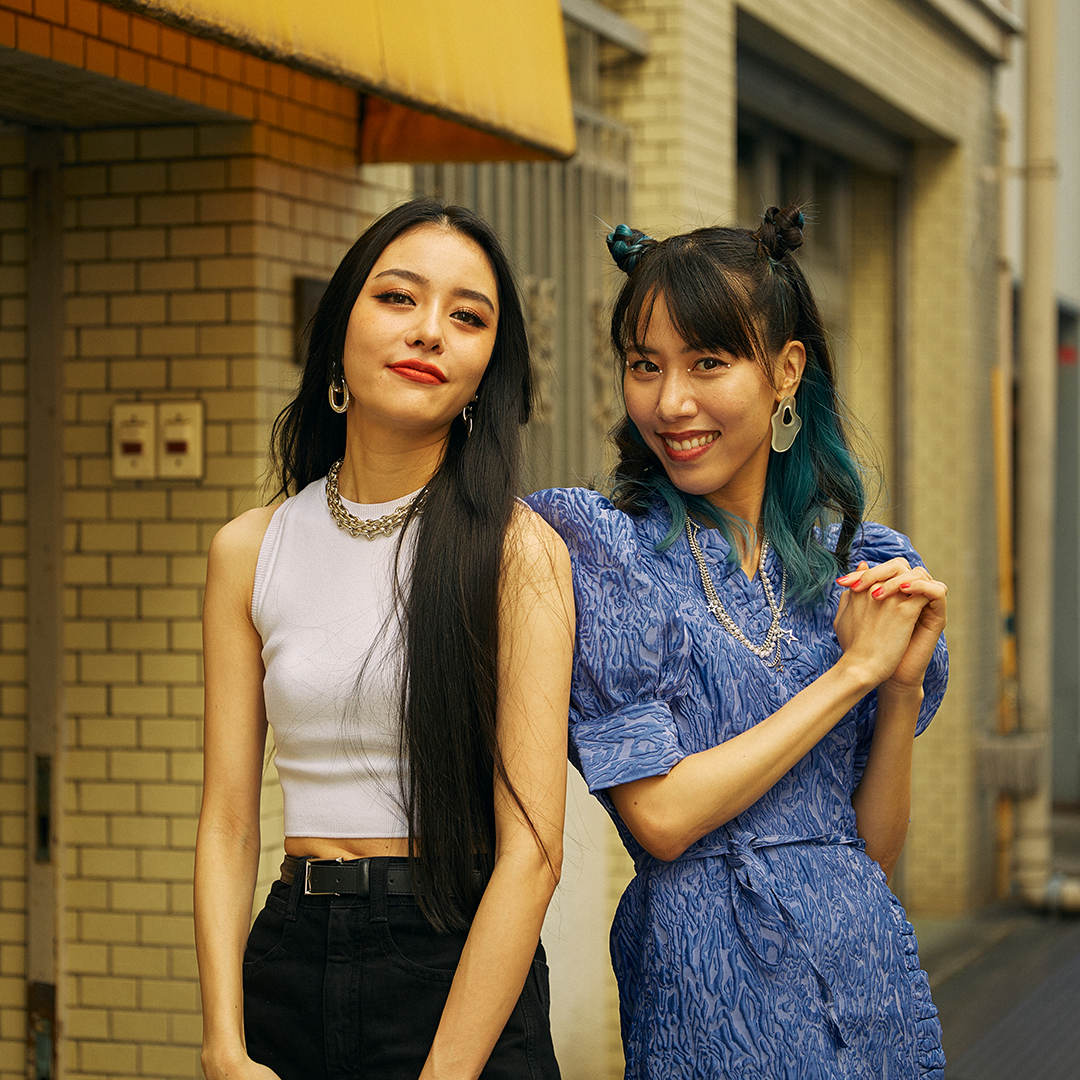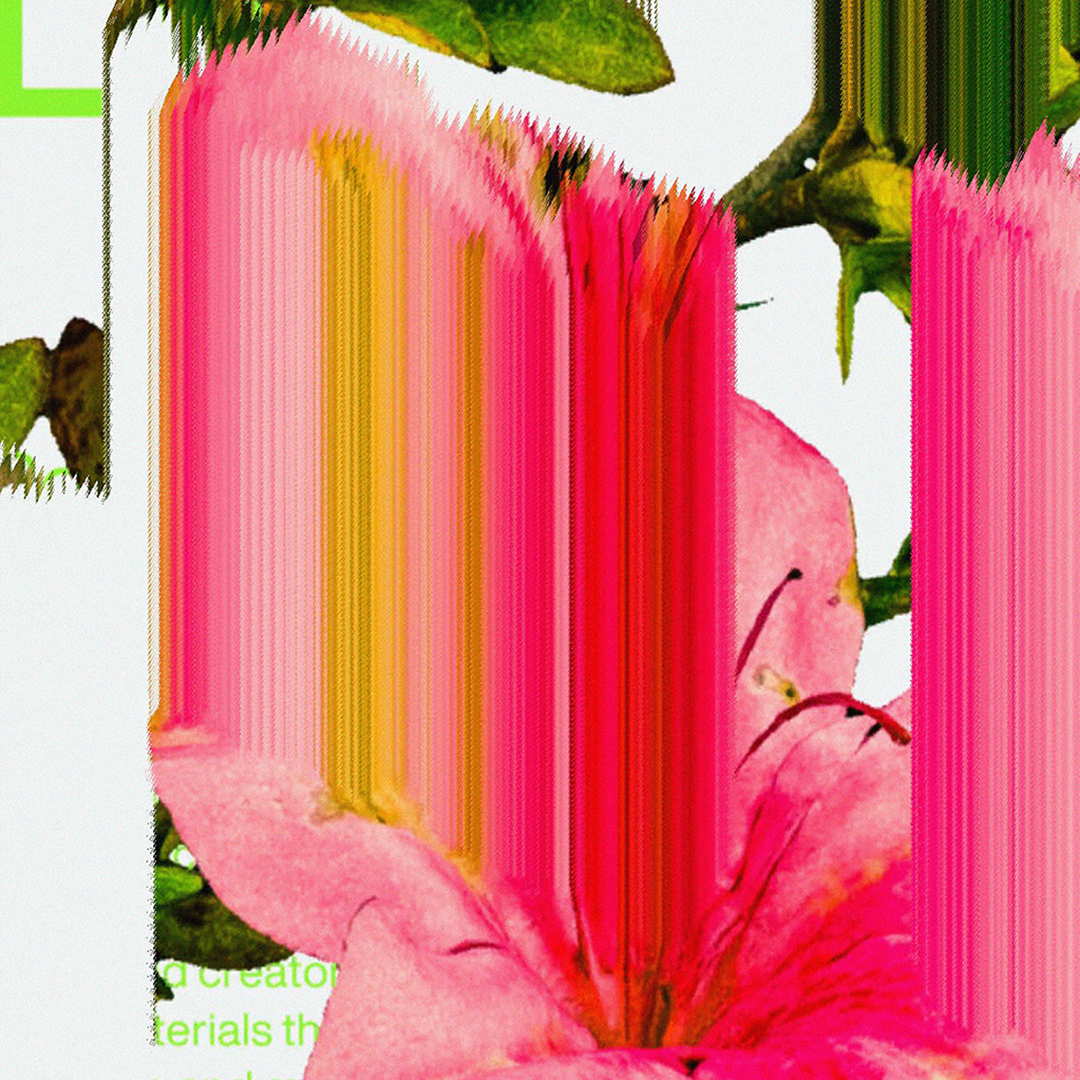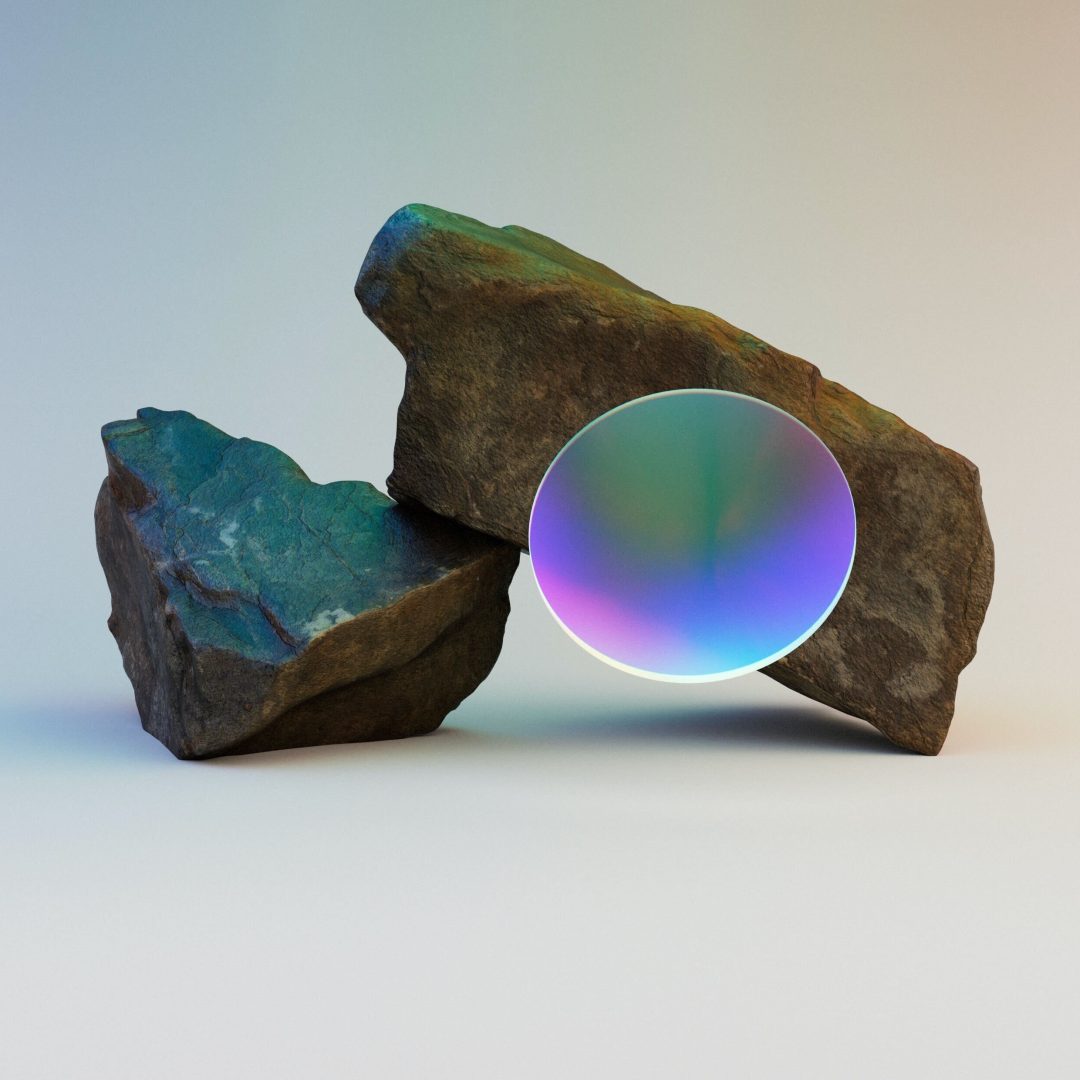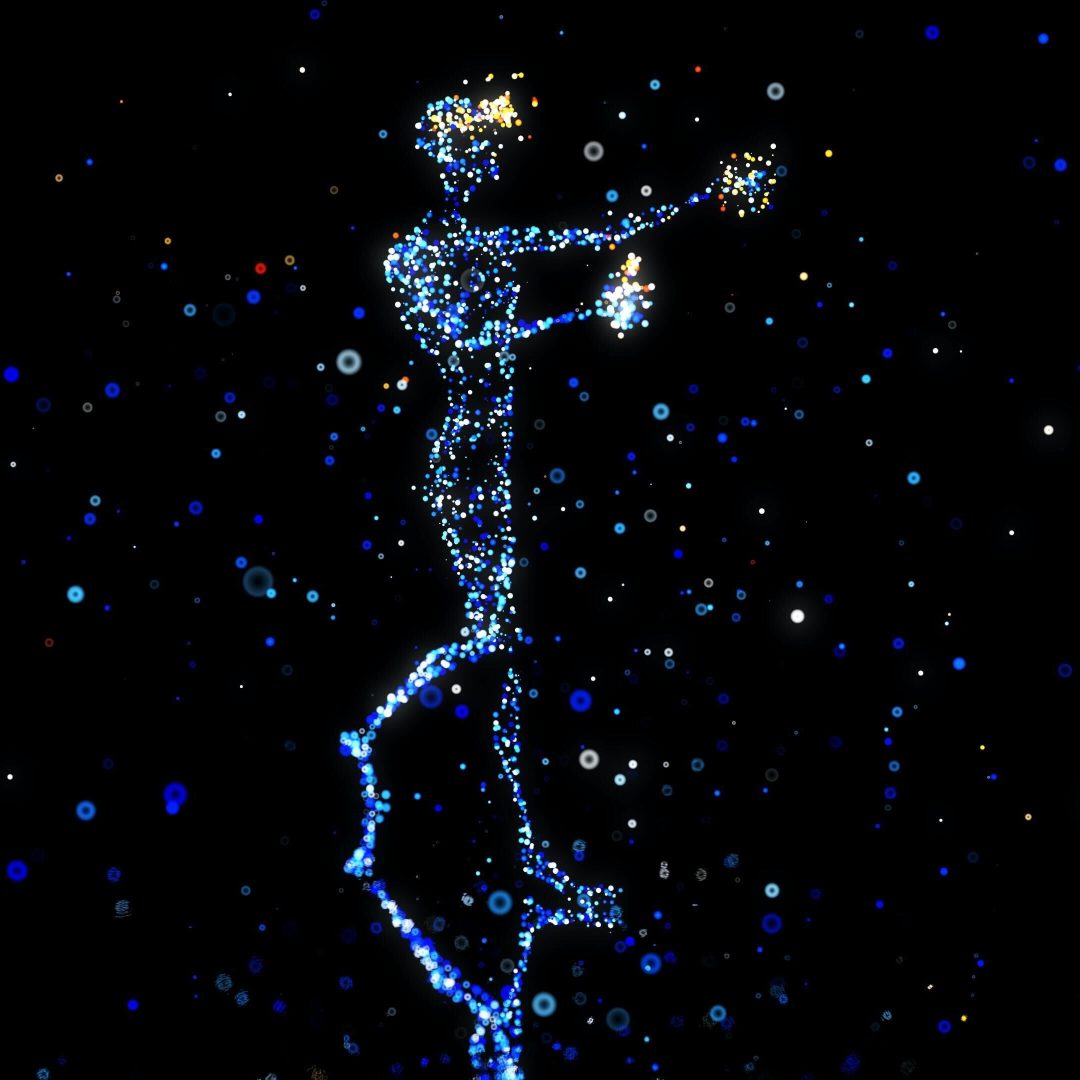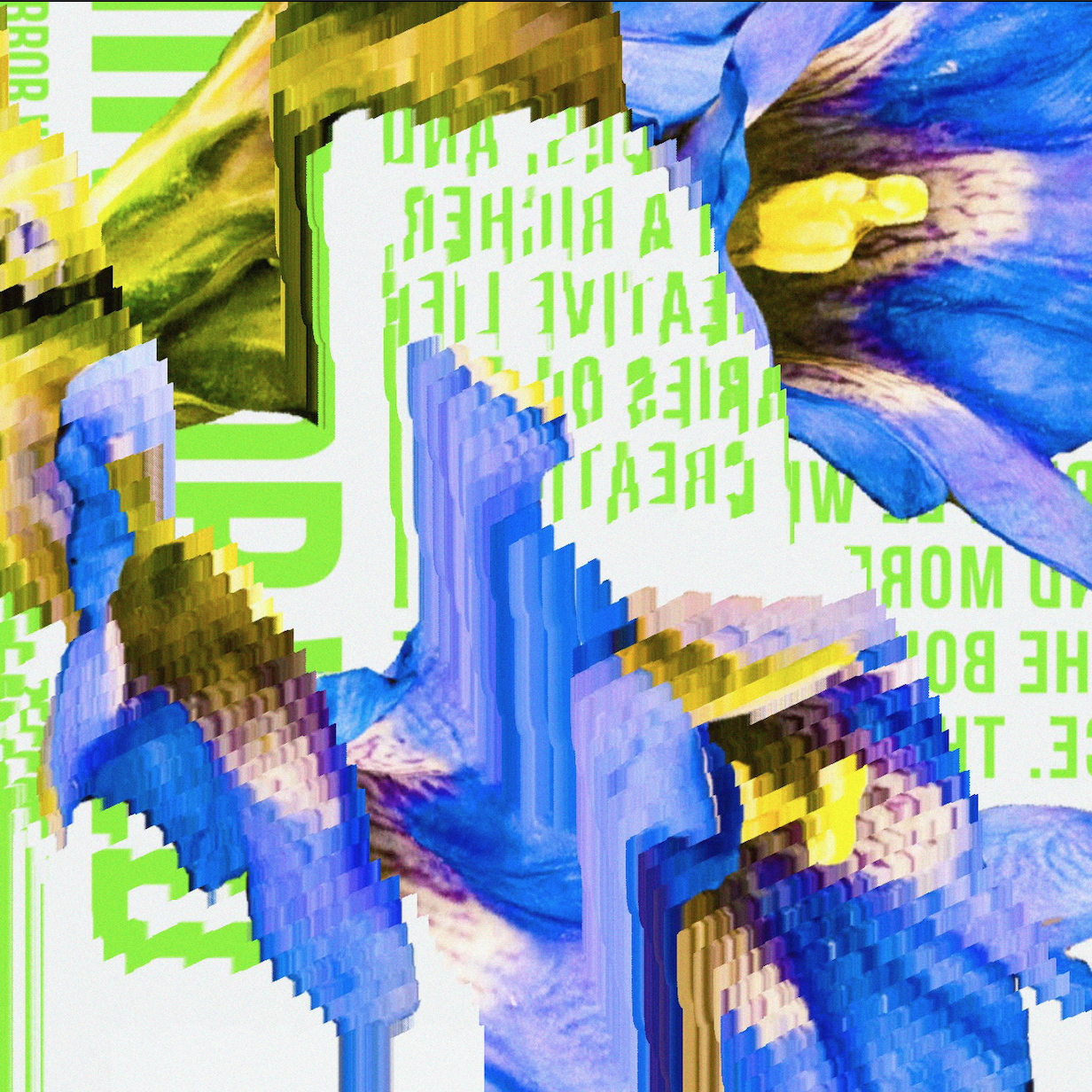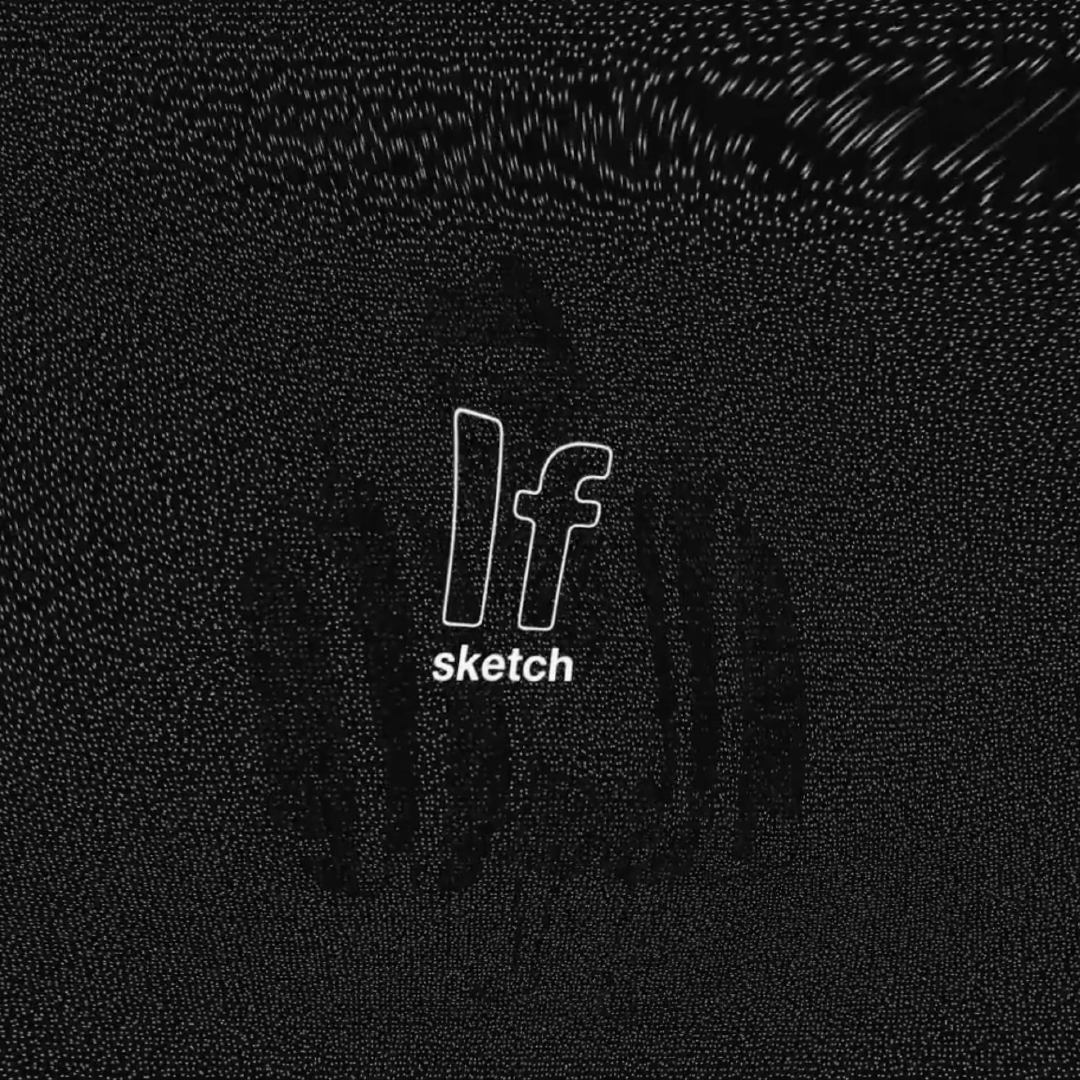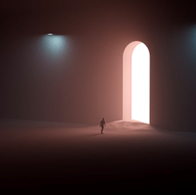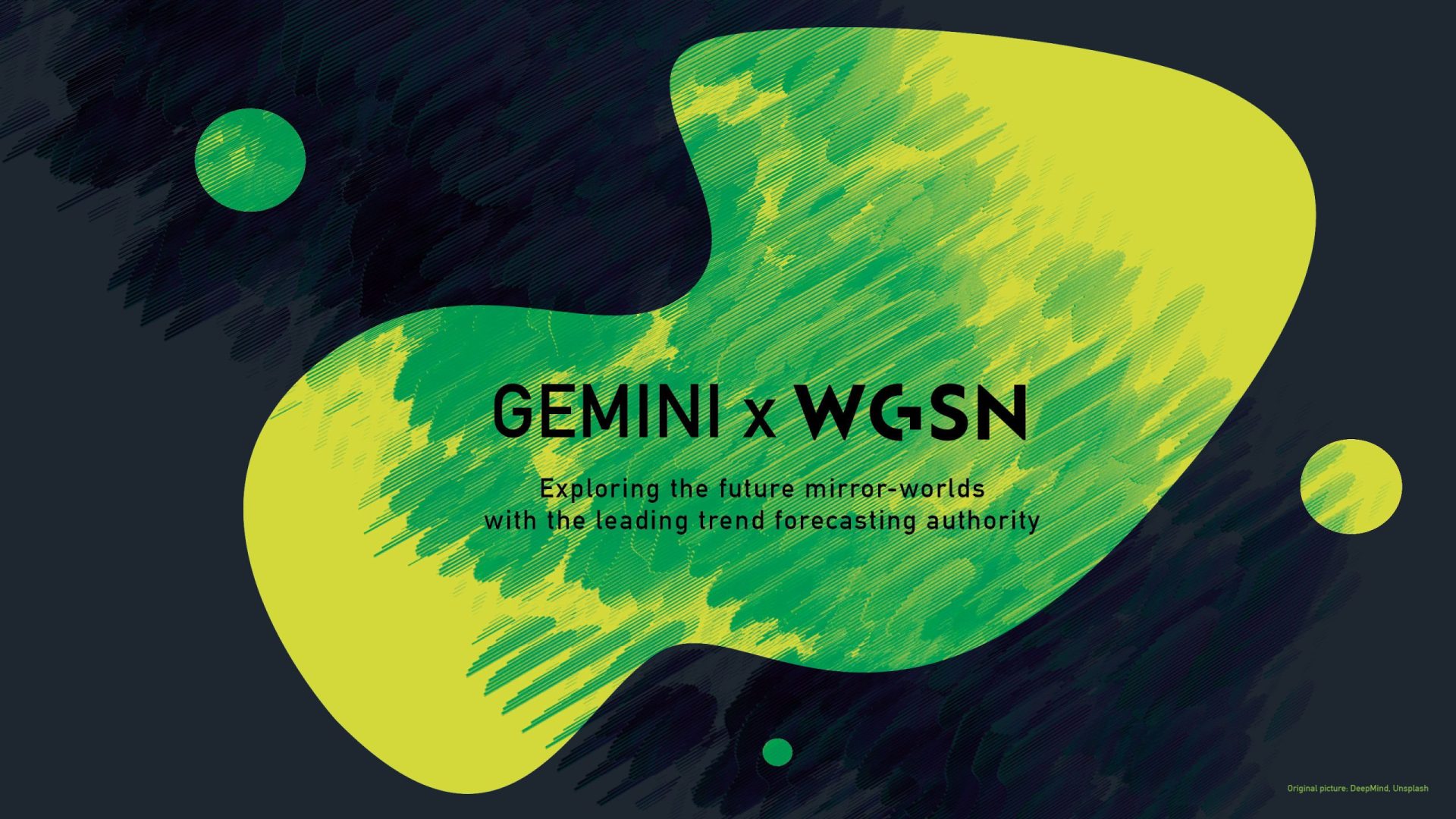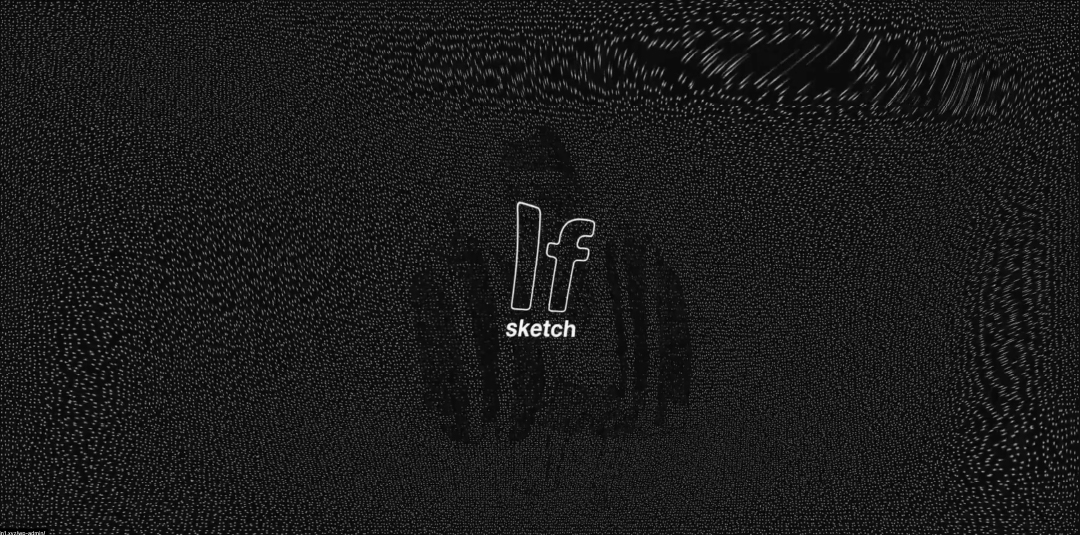The serial “Signposts for Predicting the Future” is a column project in which experts from various fields introduce five works and projects to help us imagine the near future and look for clues to help us move forward.
The author of this article is Junko Shimizu, a design researcher and full-time lecturer at Tama Art University’s Department of Information Design. She researches and practices “graphic recording,” which visualizes the content of discussions at meetings in real time using text, pictures, and diagrams. Ms. Shimizu listed five information designs for predicting the future 10 years from now.
It is difficult to predict the future 10 years from now amidst the rapid changes in the world. In fact, it may be impossible. Even so, there are many attempts to predict the future in various places on a daily basis. What is new and what is old? To begin with, what information is necessary to think about the future 10 years from now?
Author Mark Twain supposedly said, “History never repeats itself, but it does rhyme.” However, in many cases, it is not certain that famous quotes were actually said by the person in question. The above quote, too, seems to have been mixed up over the years with the words of several people through various media, eventually morphing into the words purportedly spoken by Mark Twain.
We got off track but this is a very thought-provoking expression. It is impossible for past history to be replayed in the same way, with the same dates and characters. However, there is a pattern, and it is quite possible that a slightly different rhythm will be set in place.
To predict the future 10 years from now, today let’s stop our thumbs from following the timelines of the latest projects and technologies flooding the social networking sites. And here are a few information designs that may have hidden rhythms that will be repeated in the future.
National Museum of Nature and Science, “Project to Thoroughly Recreate Voyages of 30,000 Years Ago” (2016-2019)
Trailer for the documentary film “Sugime” from the “Project to Thoroughly Recreate Voyages of 30,000 Years Ago”.
If you were asked to “go to New York now,” what would you do? You would open the Internet, book your airline tickets and hotel, pack your bags, and go to Narita Airport to get to New York. This is the standard way to travel overseas nowadays, but if you were on your own, you would not have the strength to walk to the airport in the first place, nor would you be able to make a plane. I am horrified to realize how helpless an individual body really is.
One of my hobbies is to imagine what I can do with my own individual body. There are projects to help you imagine that. The National Museum of Nature and Science’s “Project to Thoroughly Recreate the Voyage of 30,000 Years Ago” is one such project. This project aims to verify the voyage from Taiwan to Yonaguni Island in a boat made with Paleolithic technology in order to clarify how humans came to the Japanese archipelago.
It is most interesting to try to access the wisdom of people of long ago by recreating the great voyages of more than 30,000 years ago. It feels like an attempt to communicate with the past using our bodies. It is an imaginary time to strip away technology from the self that travels by plane or car, and to travel with just one real body. At first glance, this may seem like a waste of time, but I believe that such time nurtures new ideas.
Nihon Keizai Shimbun, “The Shinkansen That Changed Japan: A Visual Look Back at Half a Century” (2015).

Next, let us consider travel from Tokyo to Kyoto. The modern bullet train can get you there in two and a half hours, but in the Edo period, it is said to have taken about two weeks on foot. Incidentally, it would have taken two full days if professional express messengers ran as fast as they could in a relay style. The fee, when converted to today’s monetary value, was said to have required more than 1,000,000 yen. Before following the forefront of science and technology, if we recall the all-out effort of a single human body, I think we can see what people have come to value.
It has always been the case that technology is changing our fear of distance and our values about the speed of travel. However, since the distance between towns and cities does not change suddenly, it is difficult to see the changes that occur within us. Here, we would like to introduce an information design that maps the decrease in travel time.
The Nihon Keizai Shimbun, Inc. participated in the production of the video, and Professor Hidenori Shimizu of the University of Tokyo and Associate Professor Ryo Inoue of Tohoku University visualized the history of the Shinkansen, which began in 1964, using data from the Ministry of Land, Infrastructure, Transport and Tourism and other sources in this project. Even though the shape of Japan has not changed, we can witness changes in our sense of distance.
Kohei Sugiura, “Folds of Time, Wrinkles of Space… [Time Map] Attempt: Kohei Sugiura’s Diagram Collection” (2014).
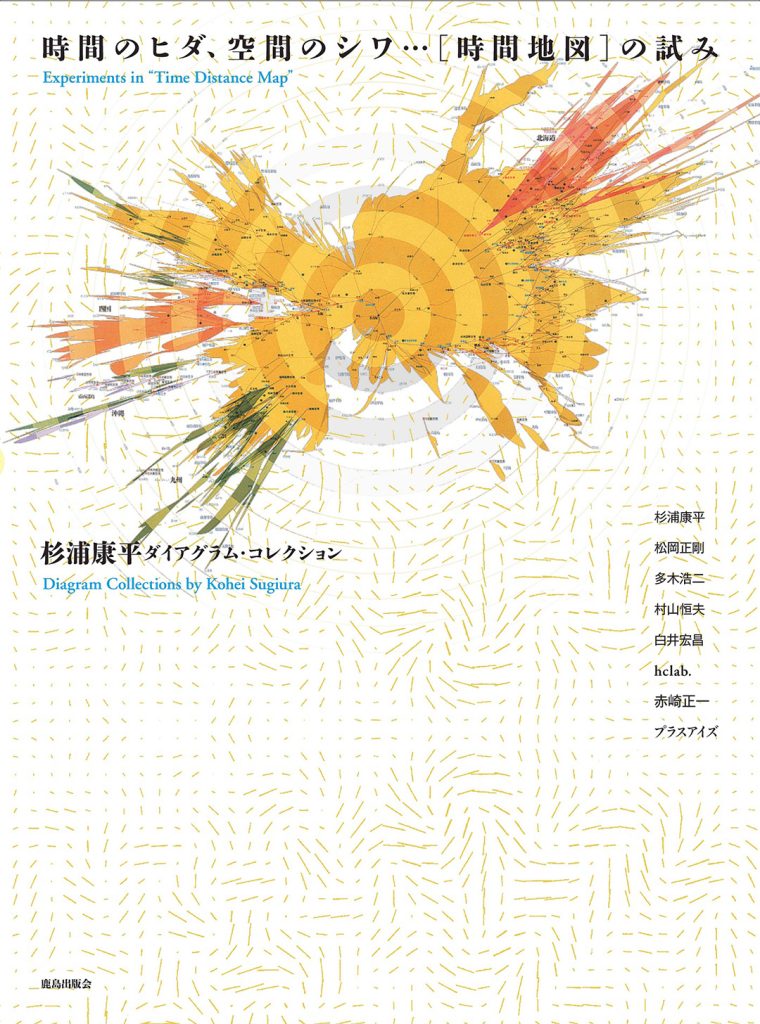
Not to be forgotten as the originator of information design depicting the relationship between time and distance is the time map created by graphic designer Kohei Sugiura.
Sugiura noticed that while the opening of the Shinkansen line connected cities to each other in a short time, the areas in between were left behind, distorting distance and time, which he visualized as a map.
It was a time when computer-aided design was not common, but his observational eye and ability to express concepts have not faded away. While it may seem to glorify speedy science and technology in the midst of rapid economic growth, there must have been some irony in the society’s demand for efficiency from the expression of distortion.
Yahoo! JAPAN, “Map of Time Required to Reach Destinations” (2015)
The question “How small will the linear train make Japan?” created by Yahoo! JAPAN is another project born out of the context of time mapping. Using Tokyo Station as the starting point at 7:00 a.m. on weekdays, the project utilizes data from Yahoo! Maps’ route search function, which examines travel to approximately 190,000 locations throughout Japan. The amount of work and the accuracy of the visuals is overwhelming, something that would not have been possible without the power of computers.
There are so many expressions of information design for traveling in terms of distance and time alone. However, they are not completely separate, but are connected by some fundamental theme, and I believe that a universal theme is hidden in them.
“EPIC2014” (2004)
Let me conclude by introducing “EPIC2014,” a video from 2004, when the now-familiar YouTube had not yet been founded.
At the beginning of this video, the history of the Internet media is told in a matter-of-fact manner from the 1980s, but beyond 2004, the story unfolds with a mixture of fantasies.
Particularly shocking is the development of the merger of Google and Amazon into a company called Googlezon. The story is that the reliability of the original media will be shaken as users around the world participate in the information dissemination business developed by Googlezon, which manages vast amounts of data. We would like to think that this is a prank fantasy, but from the perspective of today’s 2023, fake news and filter bubbles have already become the order of the day.
I applaud the insight of the producers who, in 2004, when the term “GAFA” was not a household word, were able to create a future projection that was so close to reality from a company that had enormous power. However, I feel that it is impossible to create a perfect future even when we know in advance the story that so clearly depicts the future. We may be able to predict the future, but ultimately we may not be able to avoid the confusion we will encounter as we move into the future.
Nevertheless, it is a great privilege and hope for those of us living today to be able to look into the changes that occurred in the past as history, and to have the language to imagine the future from that history. If you are tired of following the timeline of social networking sites, remember the phrase, “History never repeats itself, but it does rhyme” and shift your gaze to the grand timeline of history.
Guest Profile
-
Name: Junko Shimizu
Name: Junko Shimizu
Born in 1986, graduated from Tama Art University, Department of Information Design in 2009 and became a designer. Joined WATER DESIGN in 2012, where she was involved in business design to create cross-functional businesses. In 2013, she started working and researching as Tokyo Graphic Recorder, a graphic recorder to visualize discussions. In the same year, she joined Yahoo! JAPAN as a UX designer, and in 2019, she completed her master's degree at the Information Design Office, Department of Design, Tokyo University of the Arts. Currently, she is a full-time lecturer at Tama Art University's Department of Information Design, where she is in charge of the media design area. She is currently researching "Reborder," a state in which existing boundaries can be redefined in places where diverse people gather. She is the author of "Graphic Recorder - A Graphic Recording Textbook for Visualizing Discussions.
Co-created by
Tag
Share
Discussion
Index
Index
Archives
Recommend
Recommend
Recommend
Recommend
Recommend
-

{ Community }
Design Researcher Junko Shimizu Selects 5 Information Designs to Predict the 10 Years After.
Design Researcher Junko Shimizu Selects 5 Information Designs to Predict the 10 Years After.
Design Researcher Junko Shimizu Selects 5 Information Designs to Predict the 10 Years After.
-

{ Special }
Spiritual State of Transcendence: 『Digital transcendence』
Spiritual State of Transcendence: 『Digital transcendence』
Spiritual State of Transcendence: 『Digital transcendence』
-

{ Community }
Akiko Okada, Co-author of Food Tech Revolution, Selects 5 “Future Food Scenarios” 10 Years from Now
Akiko Okada, Co-author of Food Tech Revolution, Selects 5 “Future Food Scenarios” 10 Years from Now
Akiko Okada, Co-author of Food Tech Revolution, Selects 5 “Future Food Scenarios” 10 Years from Now
-

{ Community }
The new form of pilgrimage. What is the border of real and fictional worlds that Petra Szemán pictures?
The new form of pilgrimage. What is the border of real and fictional worlds that Petra Szemán pictures?
The new form of pilgrimage. What is the border of real and fictional worlds that Petra Szemán pictures?
Hot topics
Hot topics
Hot topics
Hot topics
Hot topics
-

{ Community }
Scent Transcends Memory to Change Behavior. The Future of Digital x Olfaction, by Scent Marketing Pro Gouchi Hamada
Scent Transcends Memory to Change Behavior. The Future of Digital x Olfaction, by Scent Marketing Pro Gouchi Hamada
Scent Transcends Memory to Change Behavior. The Future of Digital x Olfaction, by Scent Marketing Pro Gouchi Hamada
-

{ Community }
The stage is a restroom designed by Tadao Ando. Possibilities of media mix that GEMINI pioneers.
The stage is a restroom designed by Tadao Ando. Possibilities of media mix that GEMINI pioneers.
The stage is a restroom designed by Tadao Ando. Possibilities of media mix that GEMINI pioneers.
-

{ Community }
“Conveying the Moment of ‘Now’ in History: Catalan Artist Xavi Bové’s Light Expressions”
“Conveying the Moment of ‘Now’ in History: Catalan Artist Xavi Bové’s Light Expressions”
“Conveying the Moment of ‘Now’ in History: Catalan Artist Xavi Bové’s Light Expressions”
-

{ Community }
“Designing with Heart: How Amanda Talbot is shaping a better future through emotionally intelligent AI”
“Designing with Heart: How Amanda Talbot is shaping a better future through emotionally intelligent AI”
“Designing with Heart: How Amanda Talbot is shaping a better future through emotionally intelligent AI”
-

{ Community }
Unearthing the Future: How ancient history can guide modern innovation with Darius Arya
Unearthing the Future: How ancient history can guide modern innovation with Darius Arya
Unearthing the Future: How ancient history can guide modern innovation with Darius Arya
-

{ Community }
Interview with Masayoshi Yokoyama from Ryu Ga Gotoku Studio. Talks about reality in games and the future of the industry
Interview with Masayoshi Yokoyama from Ryu Ga Gotoku Studio. Talks about reality in games and the future of the industry
Interview with Masayoshi Yokoyama from Ryu Ga Gotoku Studio. Talks about reality in games and the future of the industry
-

{ Community }
The new form of pilgrimage. What is the border of real and fictional worlds that Petra Szemán pictures?
The new form of pilgrimage. What is the border of real and fictional worlds that Petra Szemán pictures?
The new form of pilgrimage. What is the border of real and fictional worlds that Petra Szemán pictures?
Special
Special
Special
Special
Special
Featured articles spun from unique perspectives.
What Is
“mirror world”...
What Is
“mirror world”...
What Is
“mirror world”...
What Is
“mirror world”...
What Is
“mirror world”...
“mirror world”... What Is
“mirror world”... What Is
“mirror world”... What Is
“mirror world”... What Is
“mirror world”...
Go Down
Go Down
Go Down
Go Down
Go Down
The Rabbit
The Rabbit
The Rabbit
The Rabbit
The Rabbit
Hole!
Hole!
Hole!
Hole!
Hole!
Welcome To Wonderland! Would You Like To Participate In PROJECT GEMINI?



